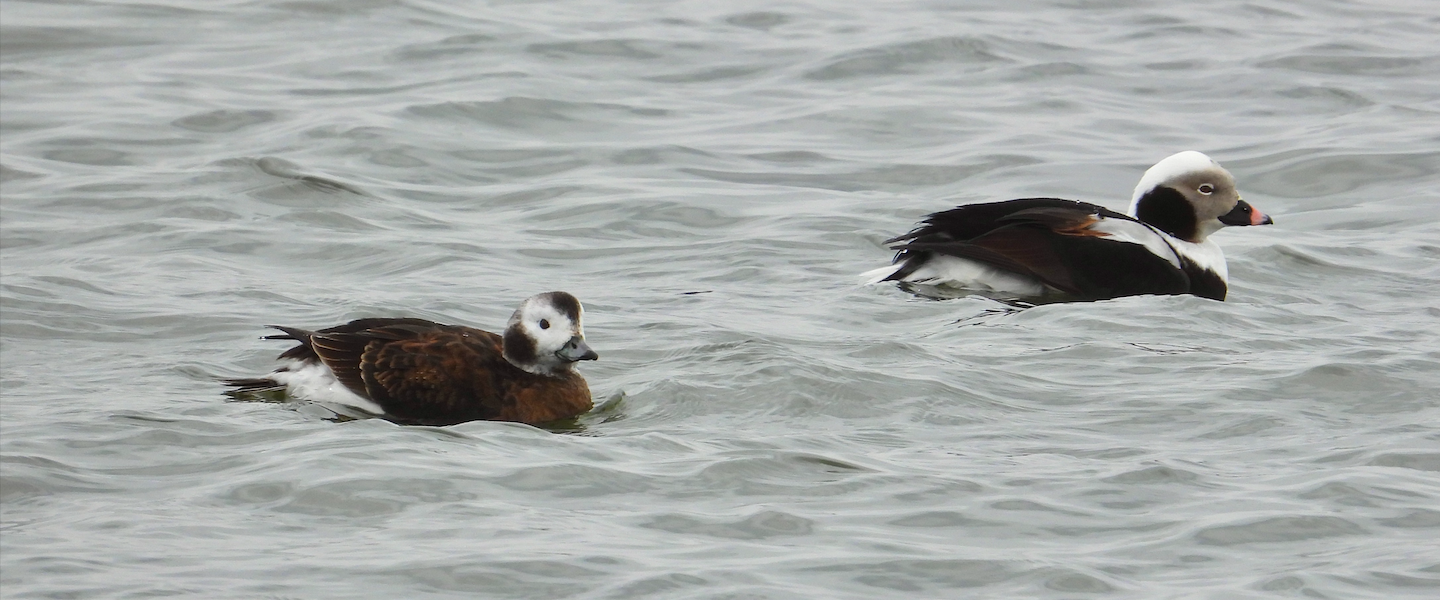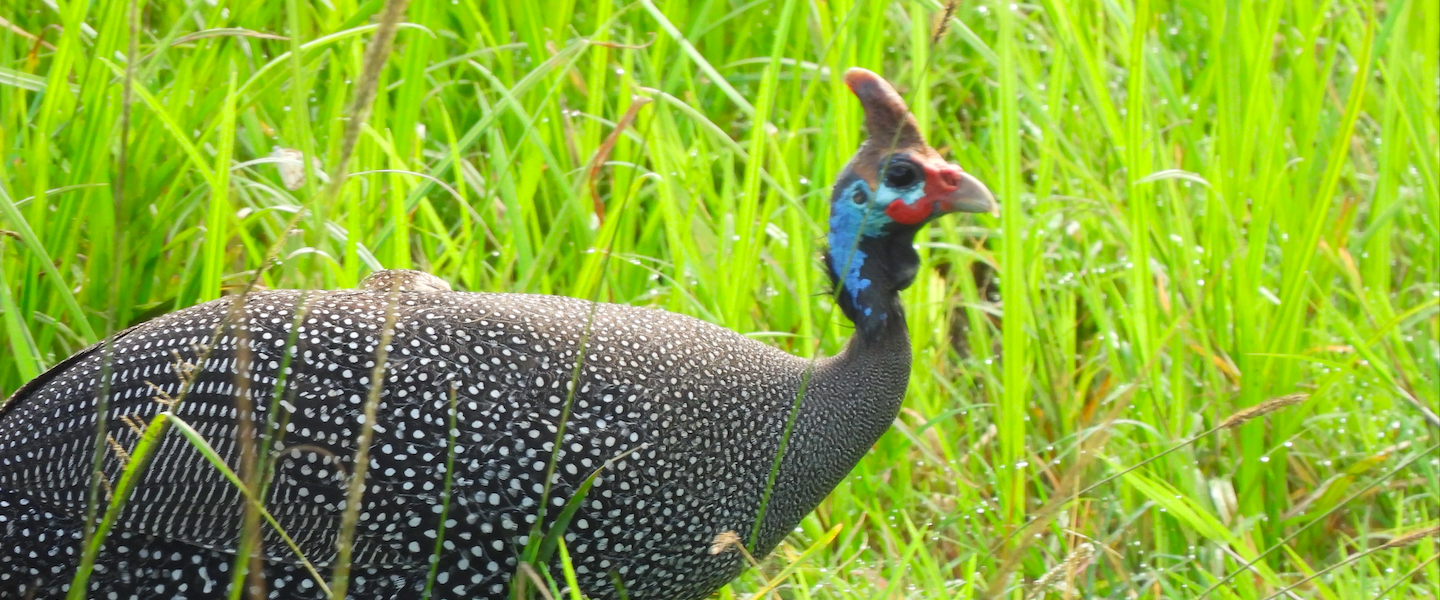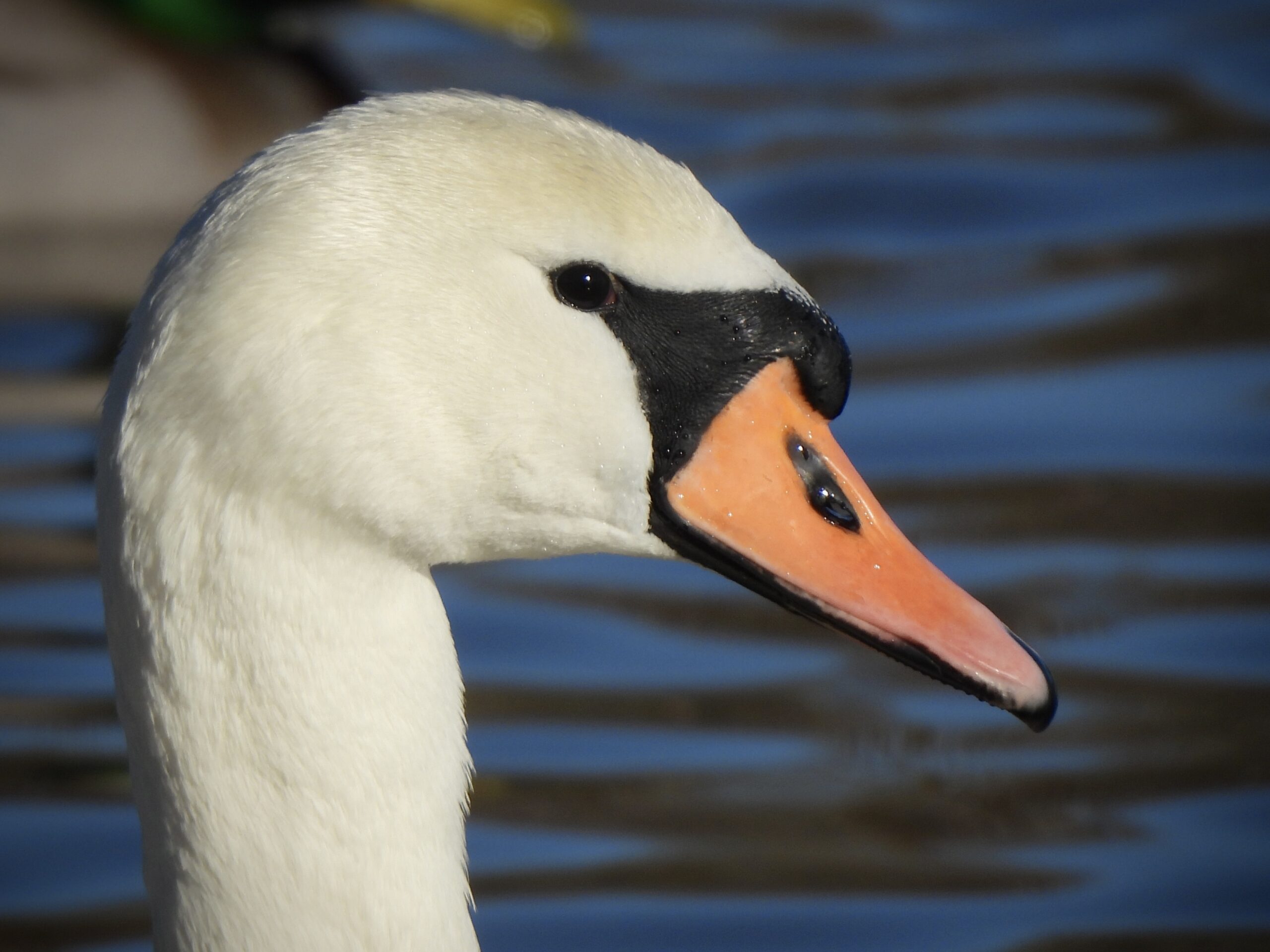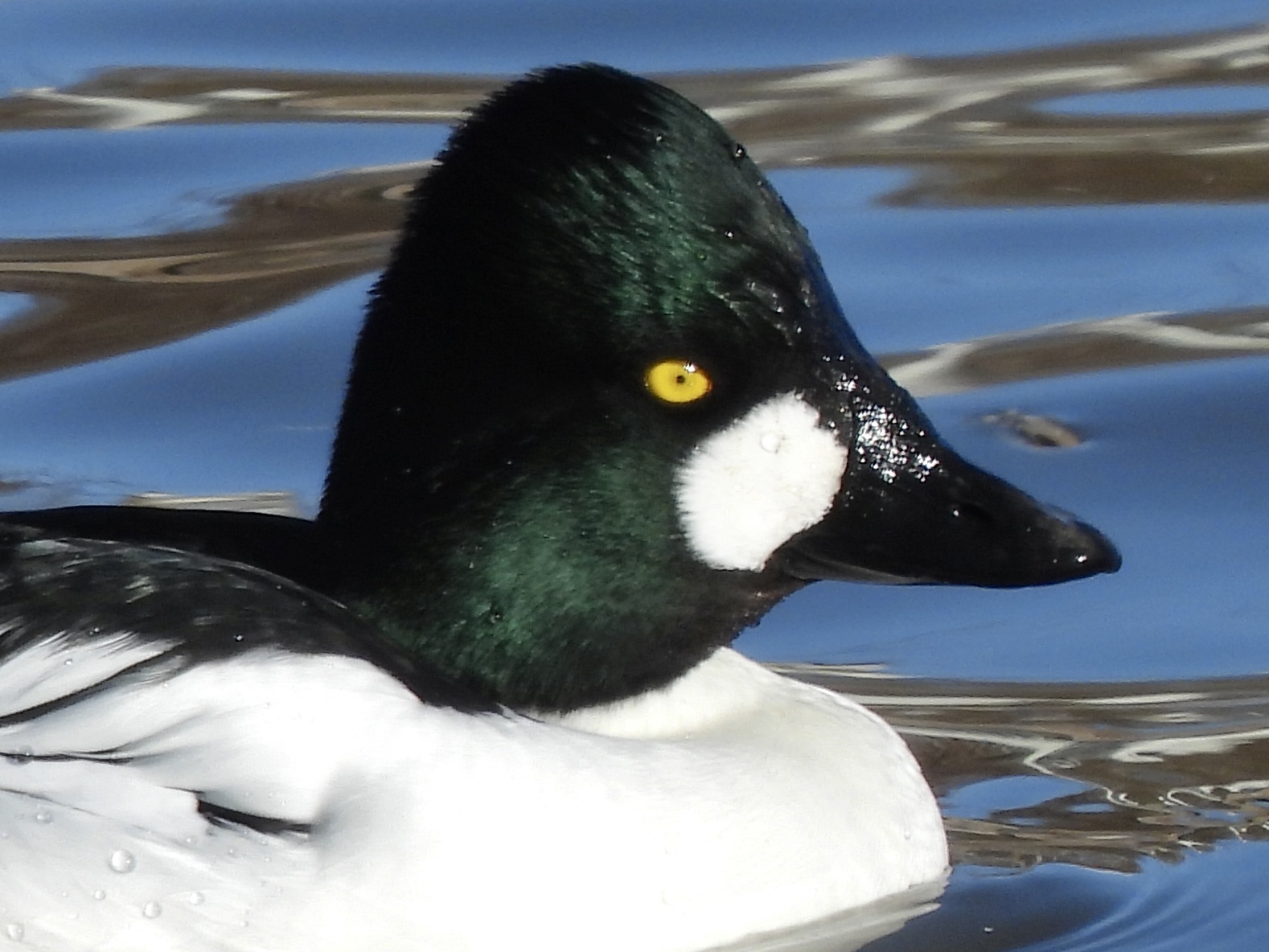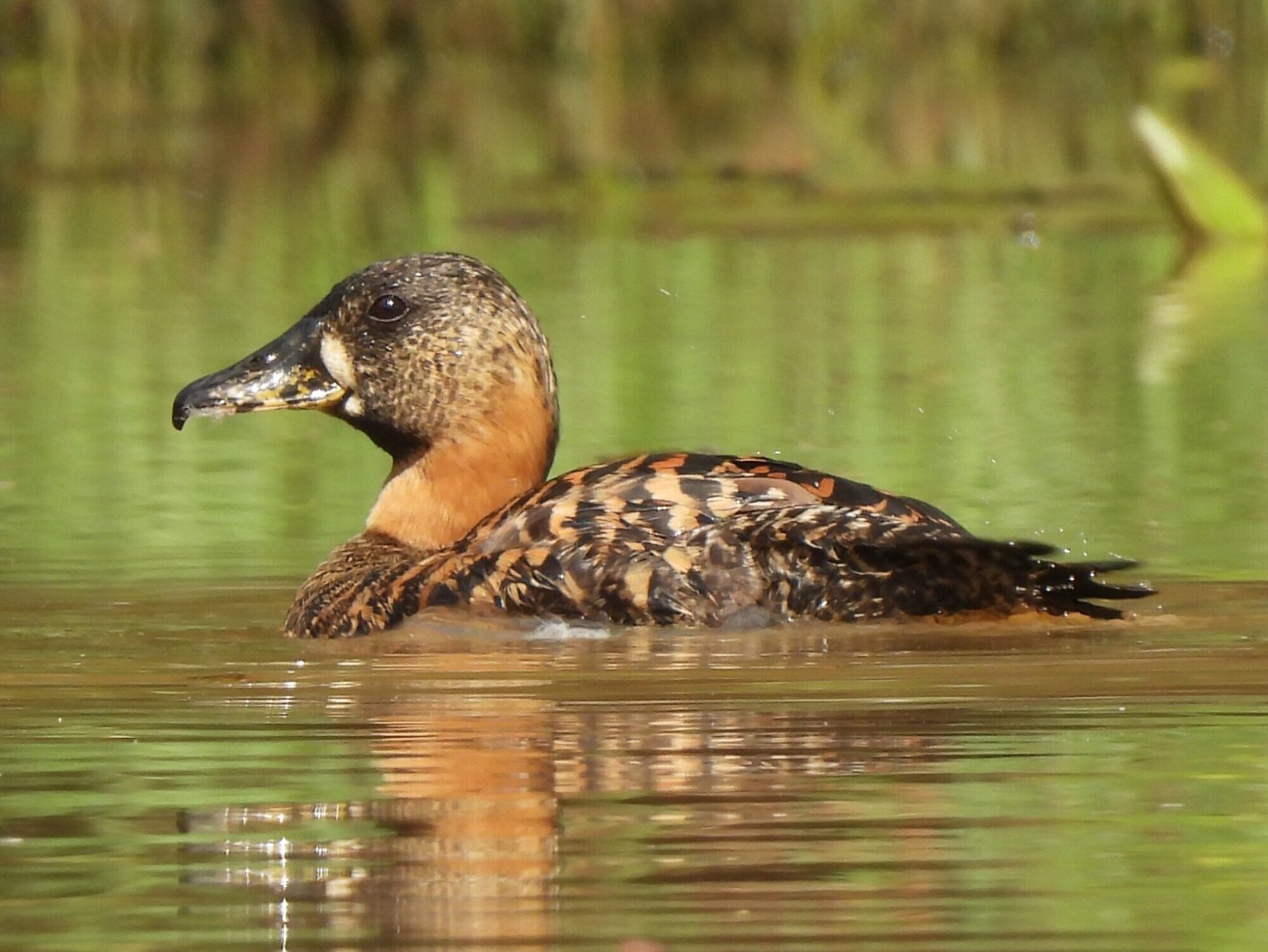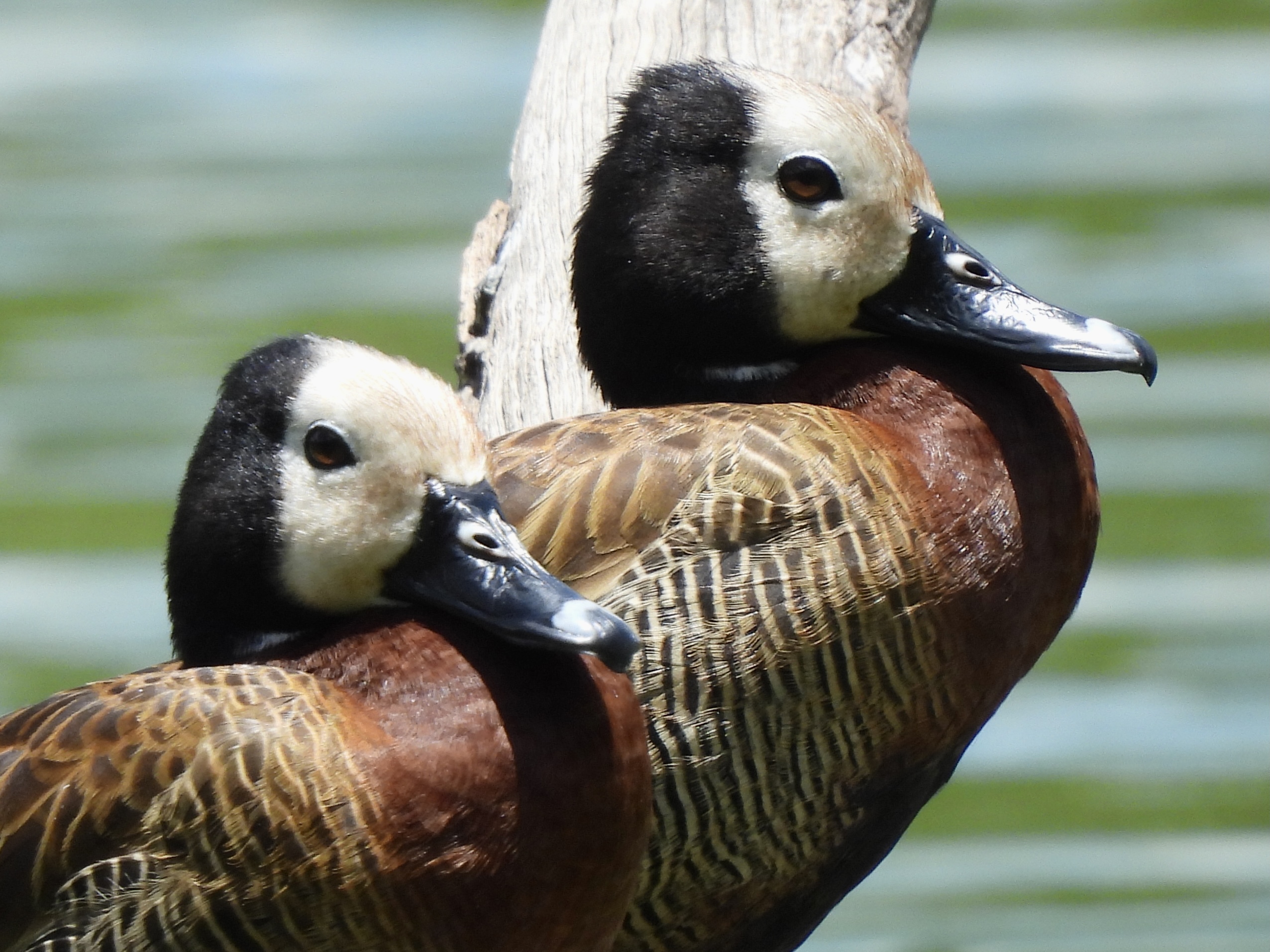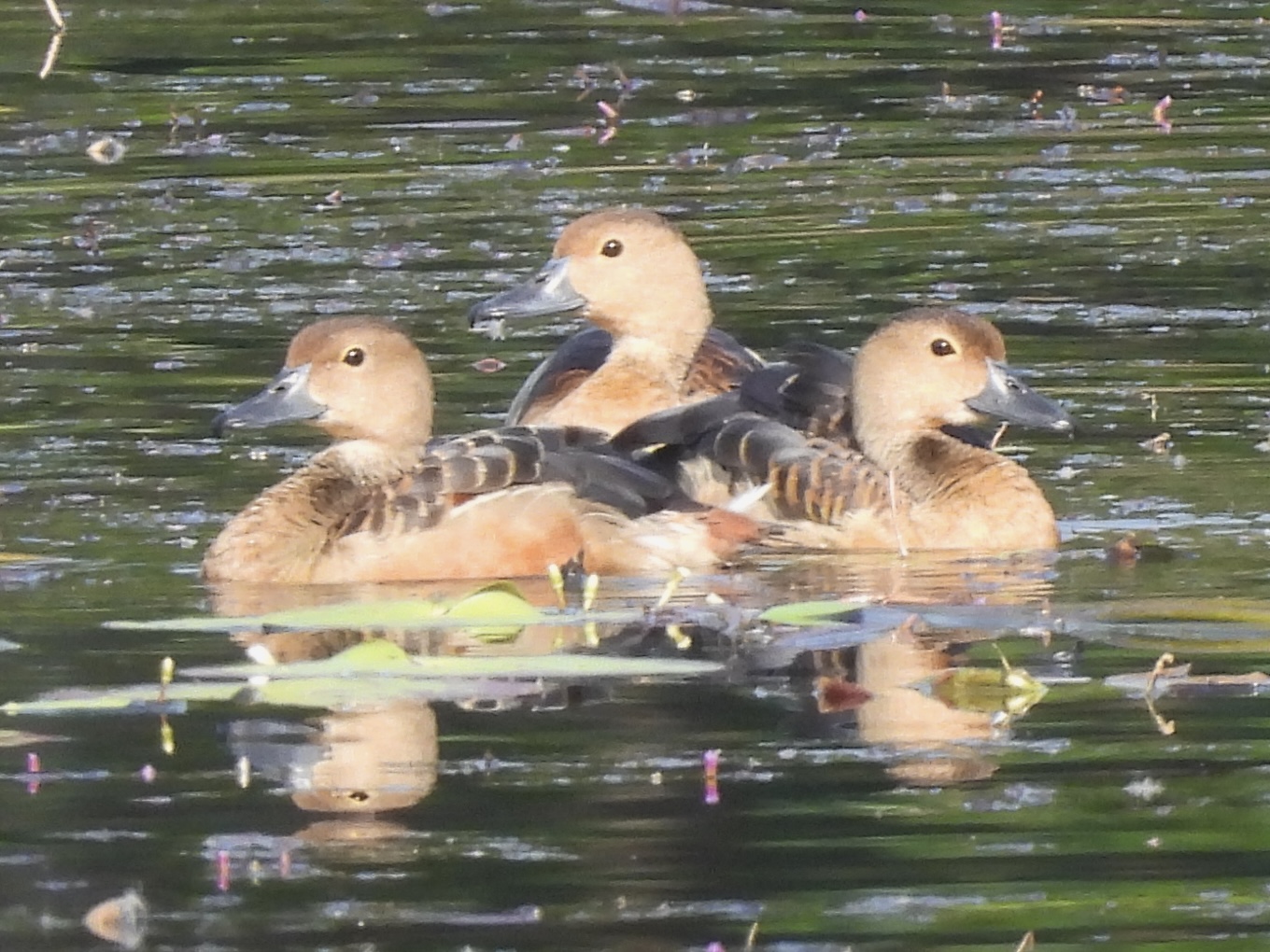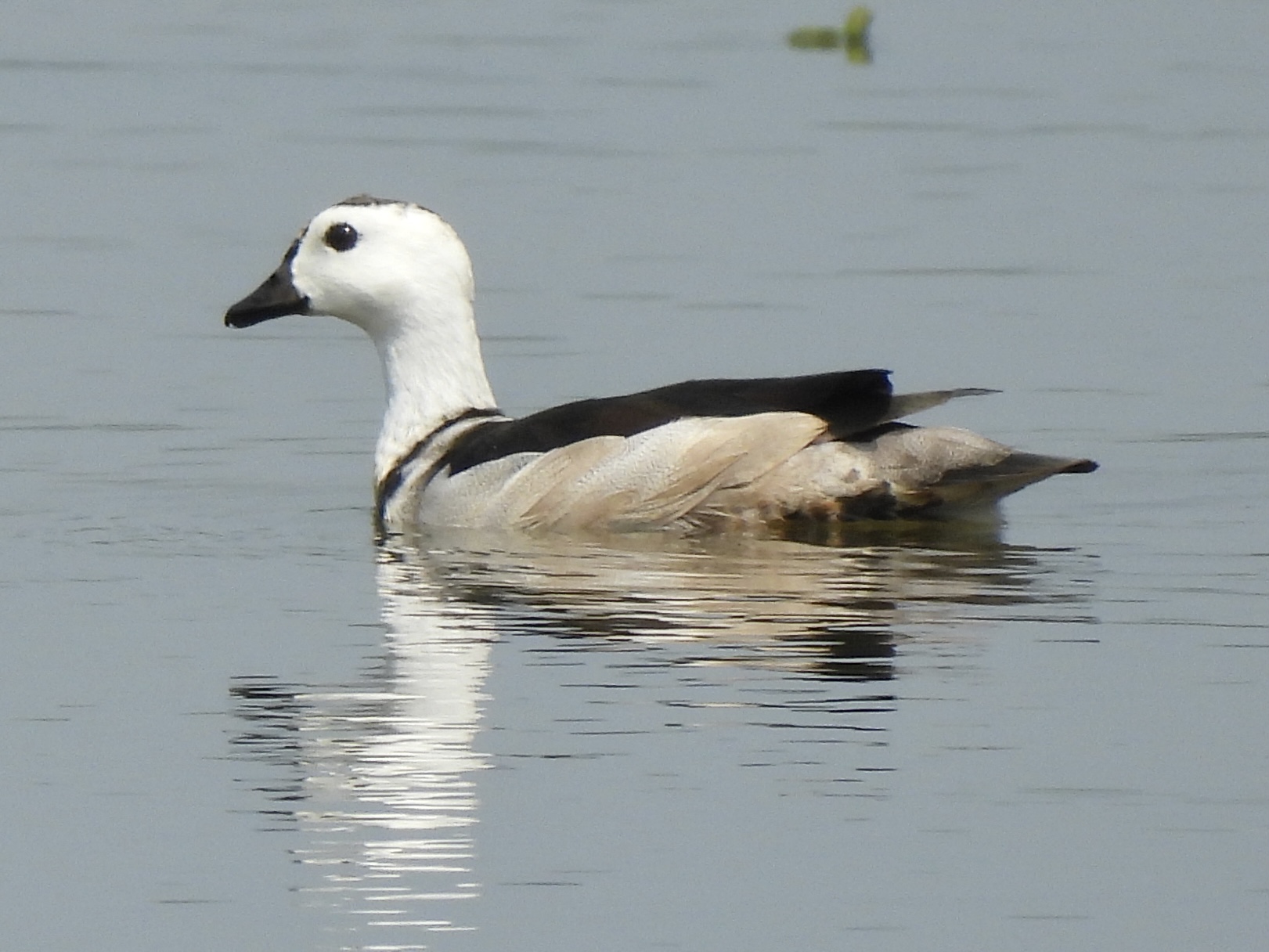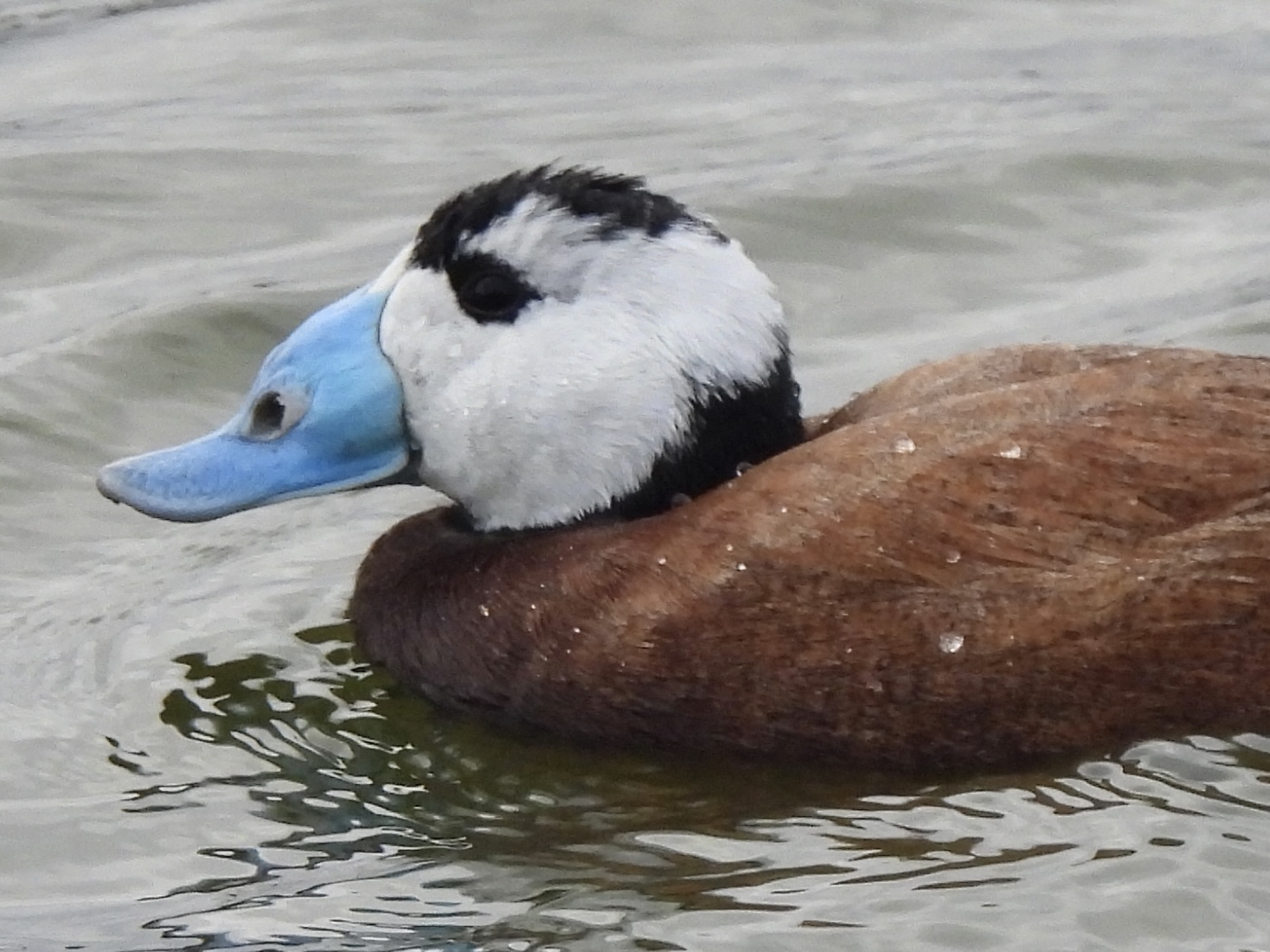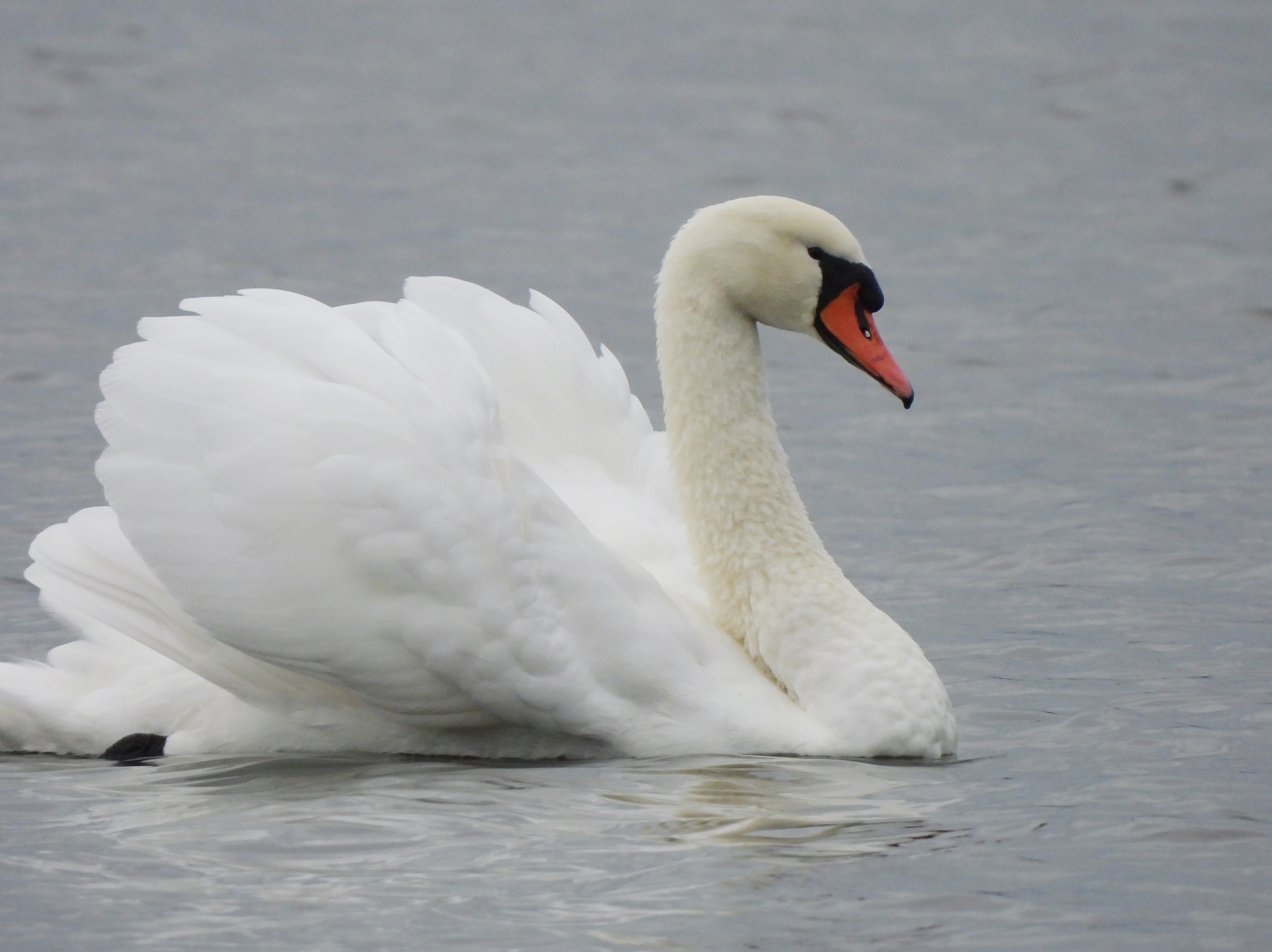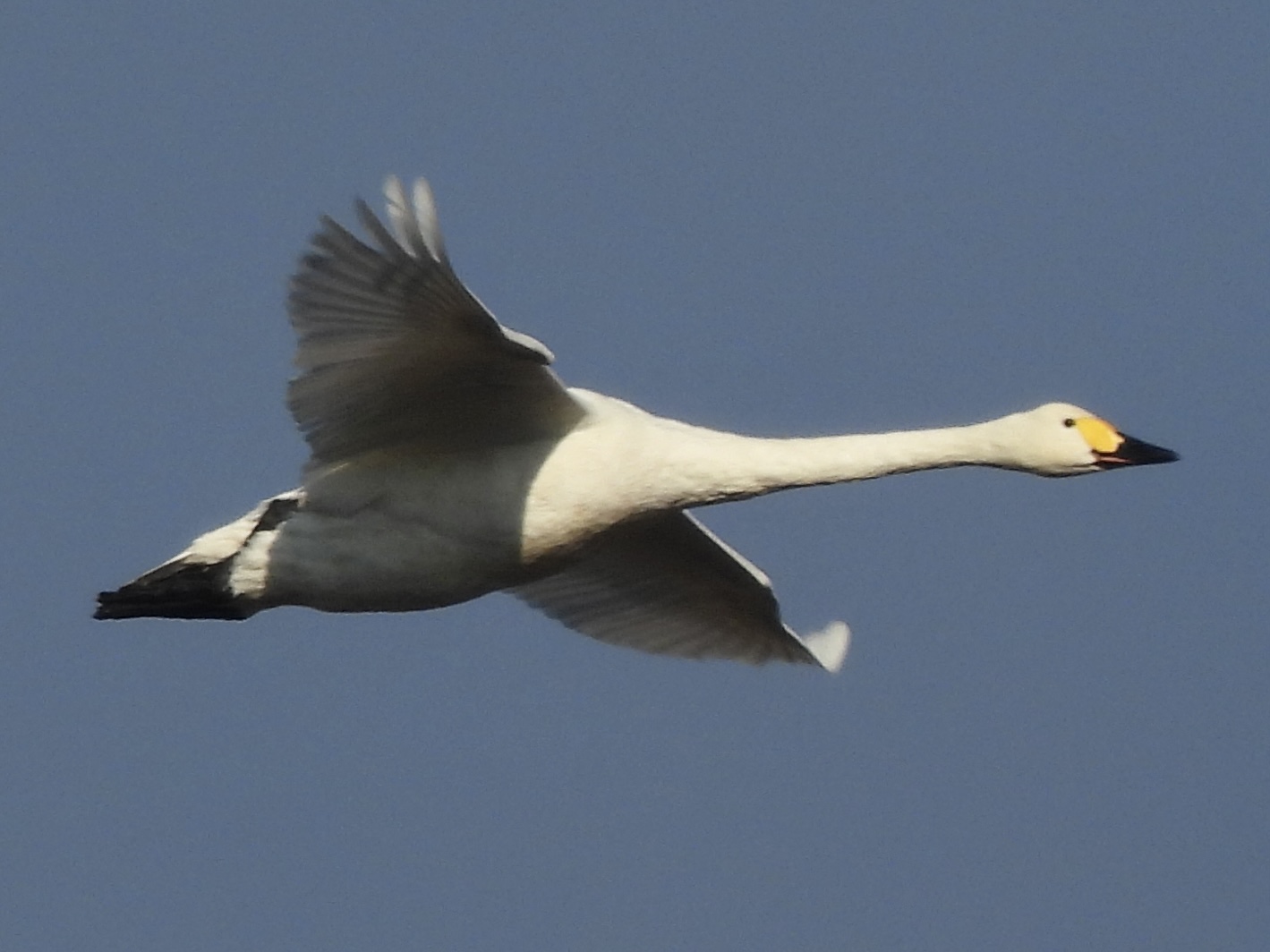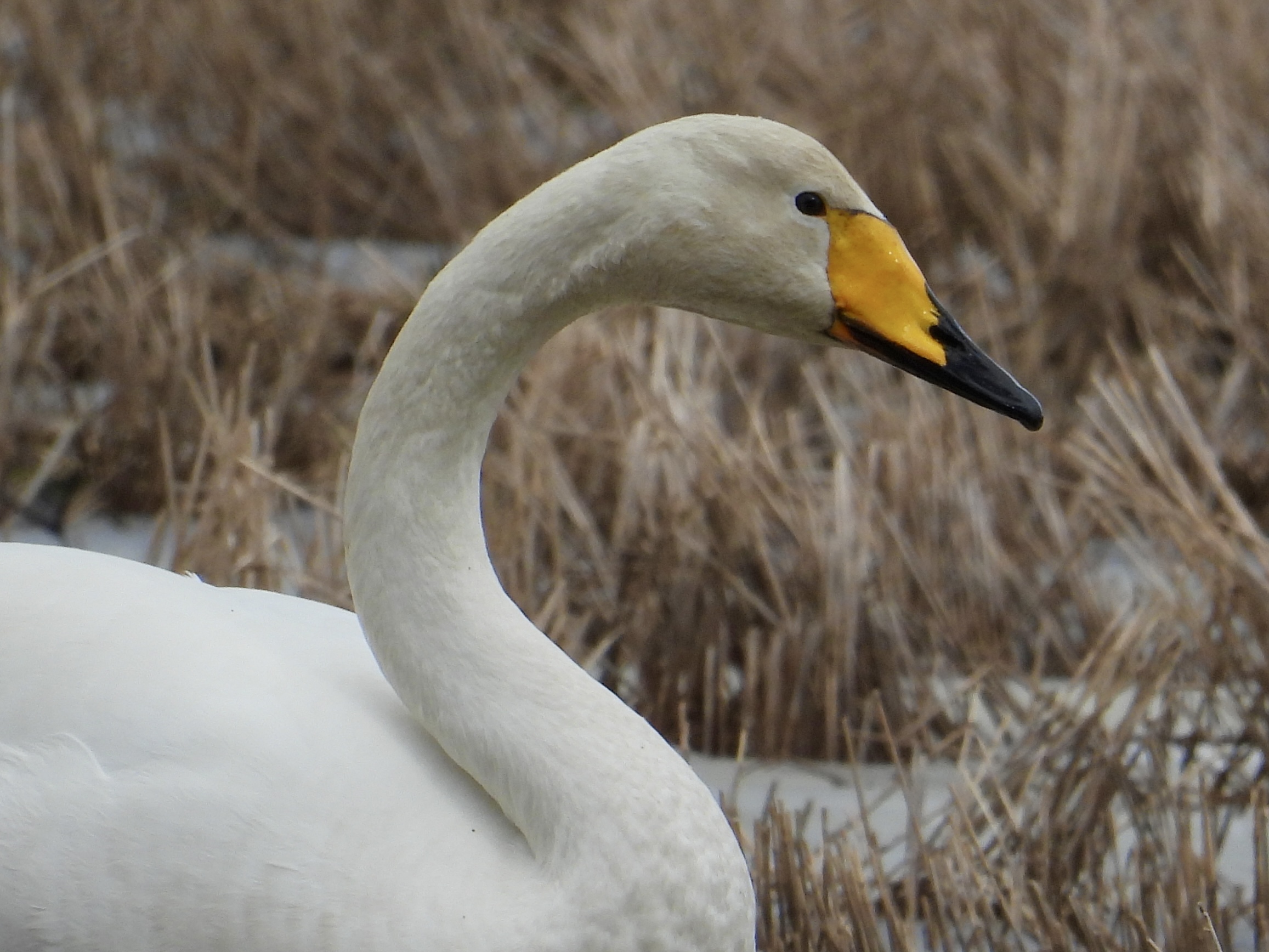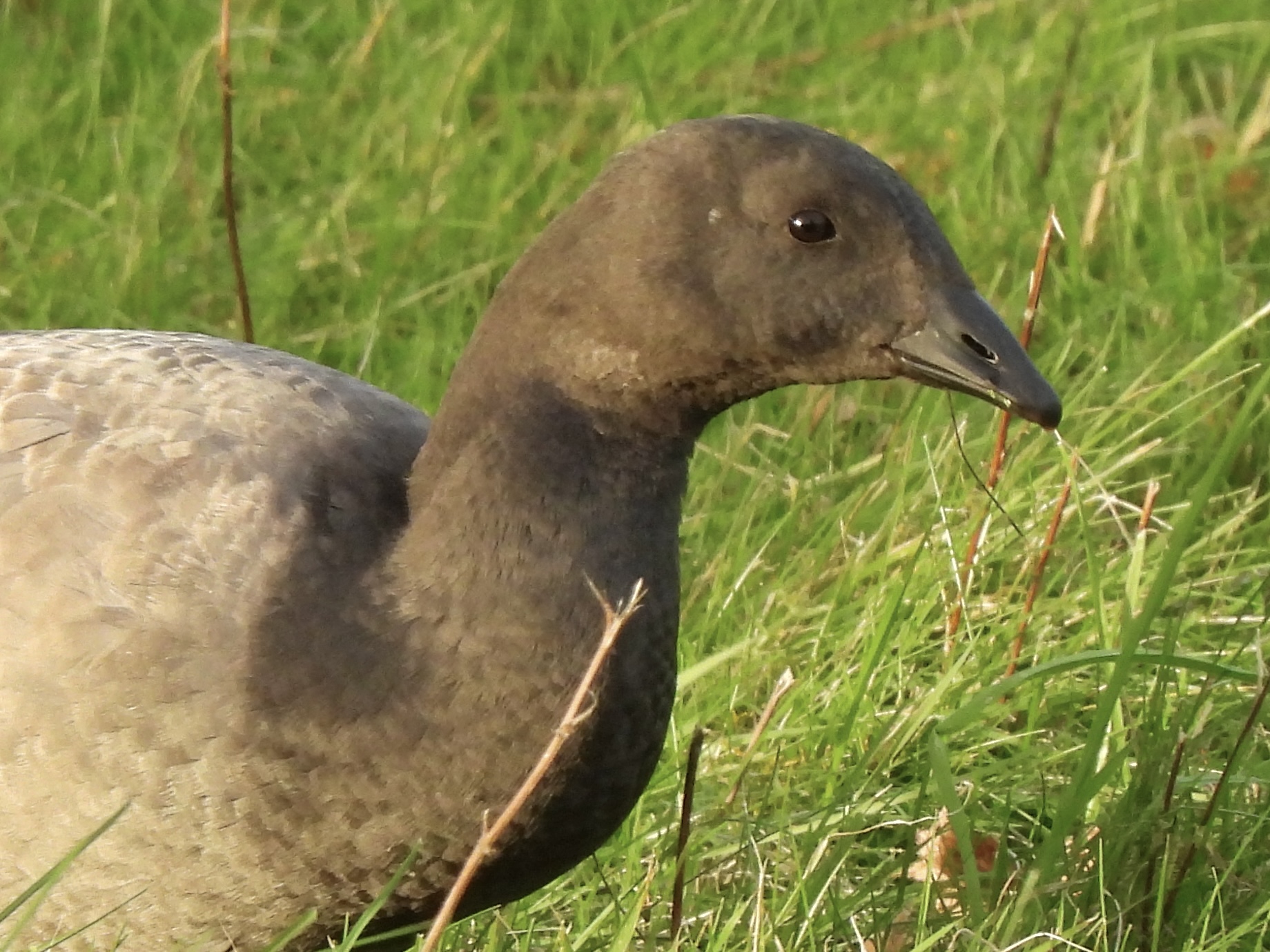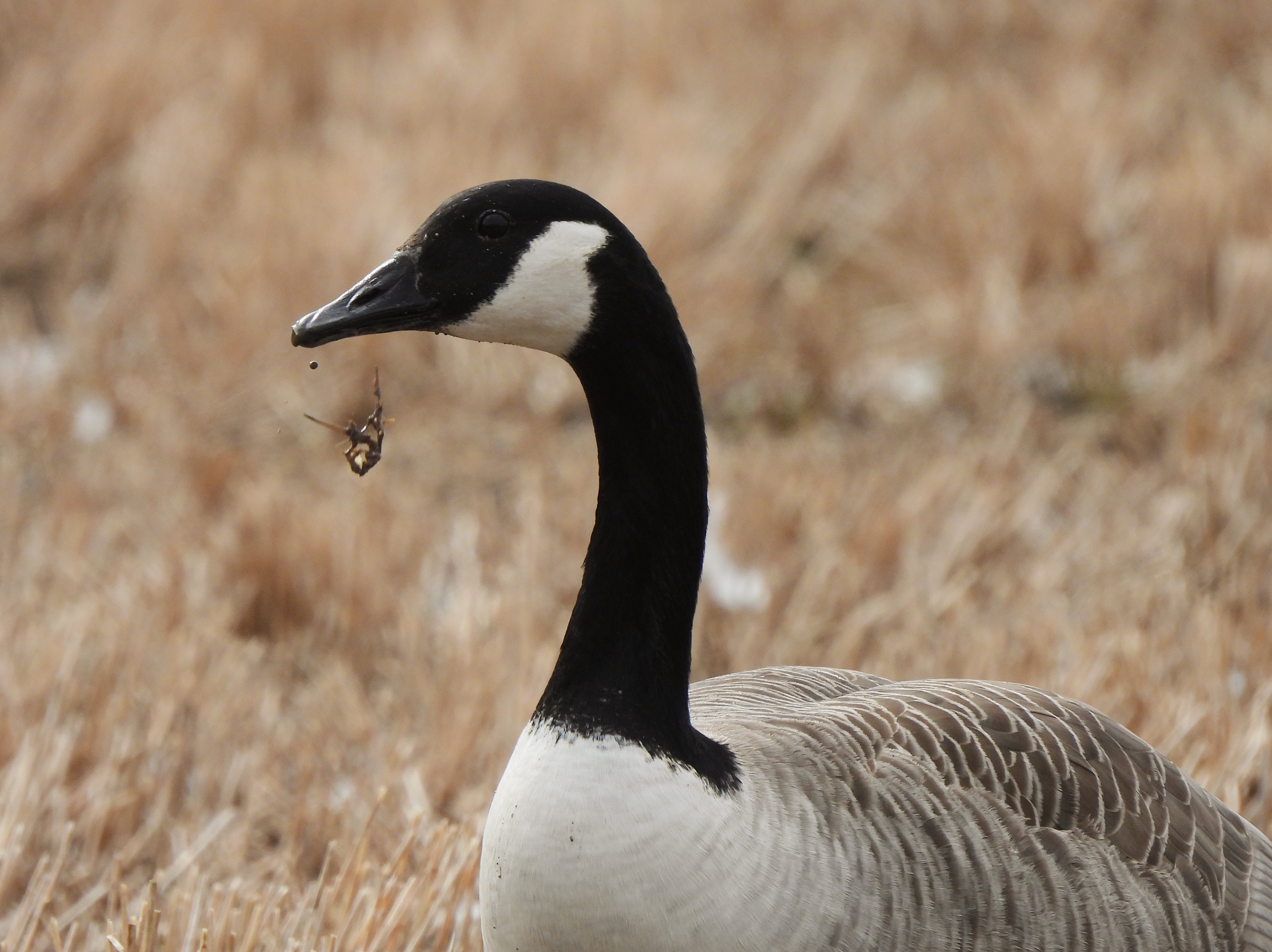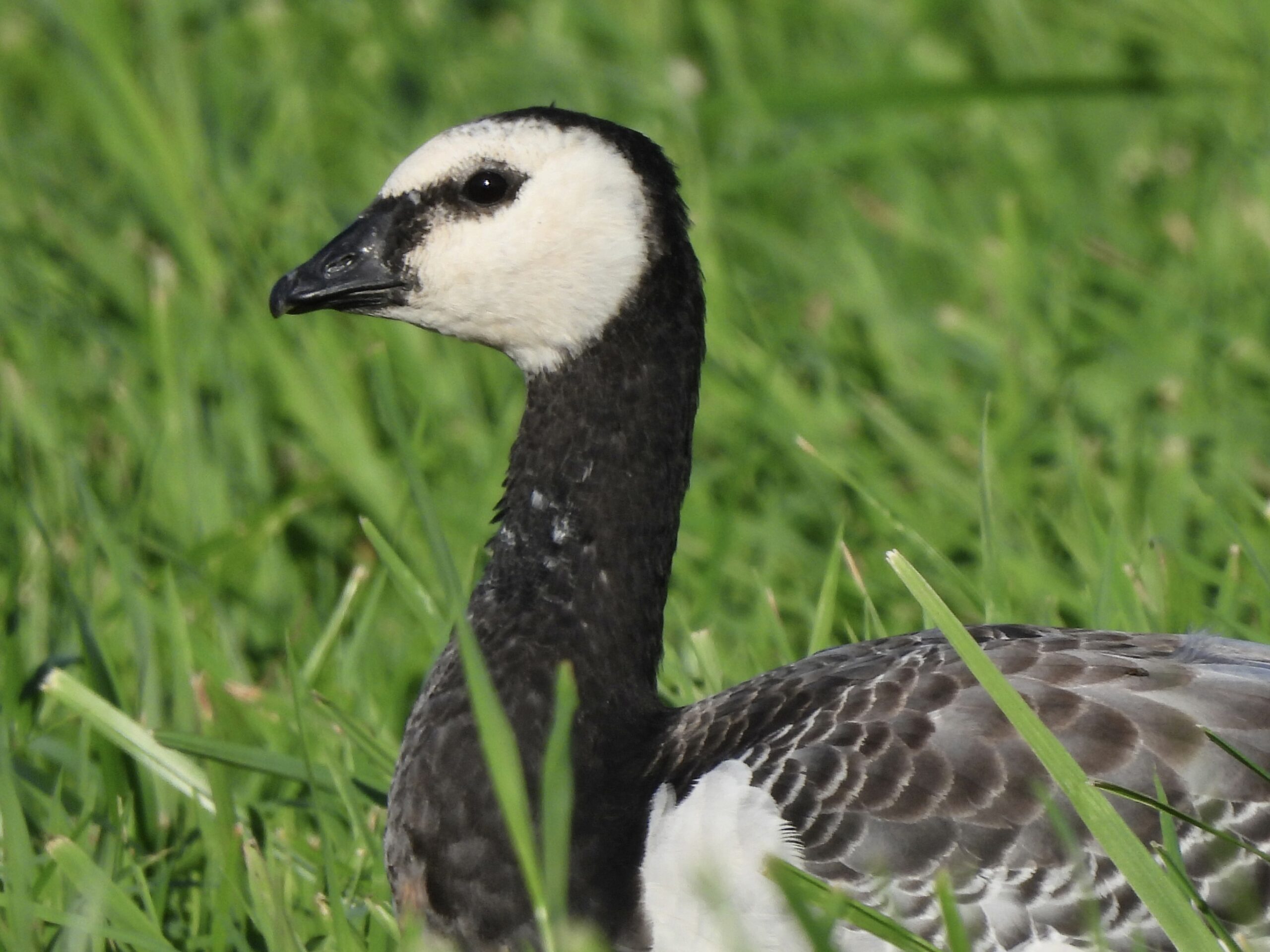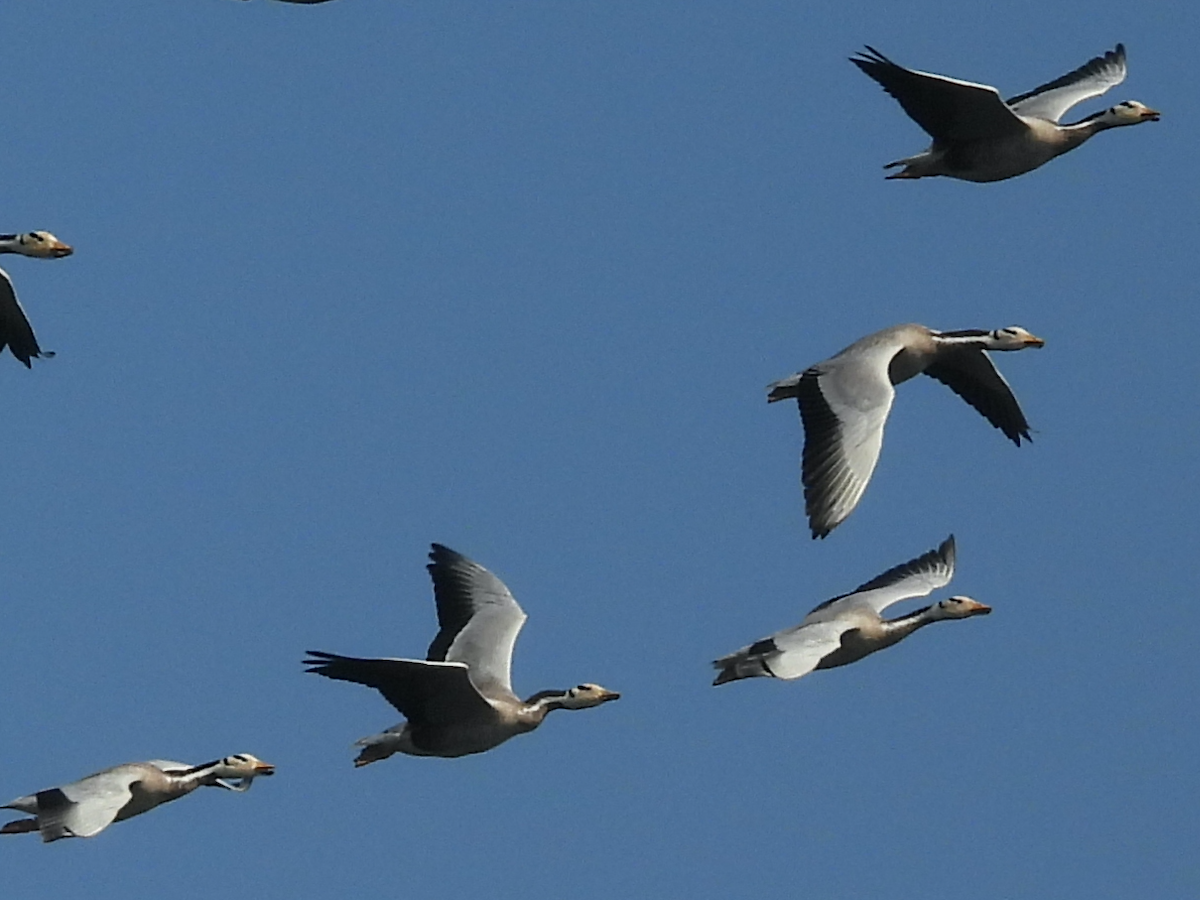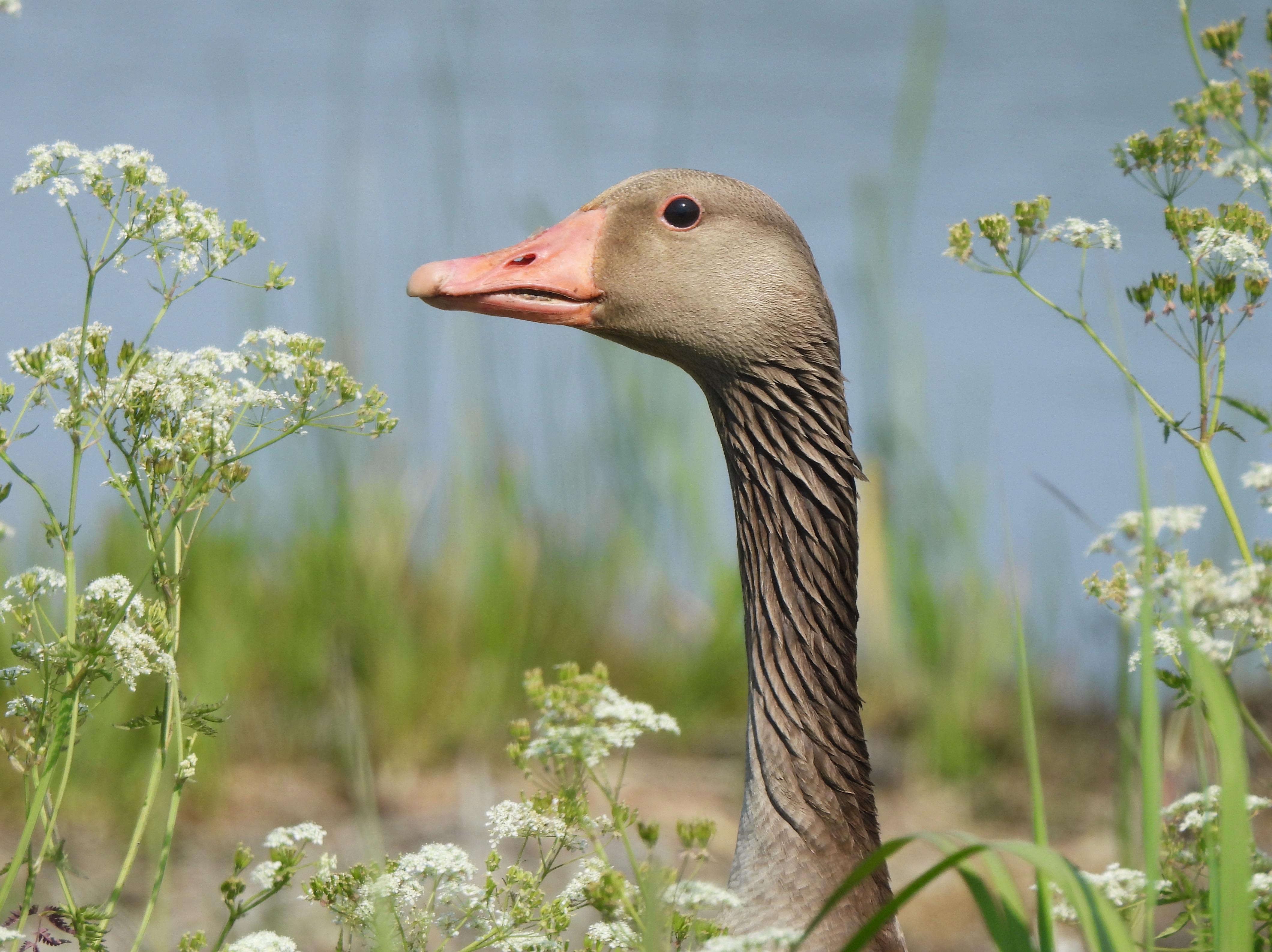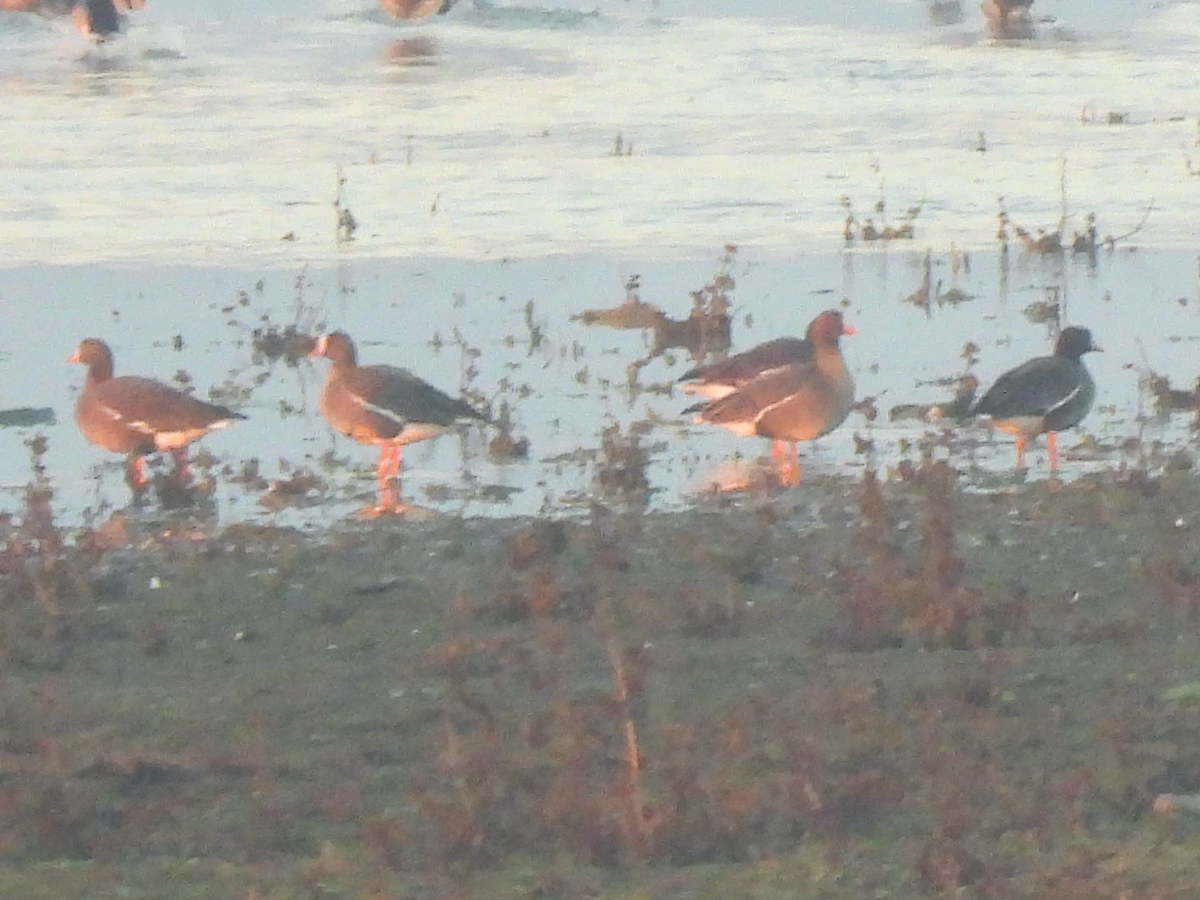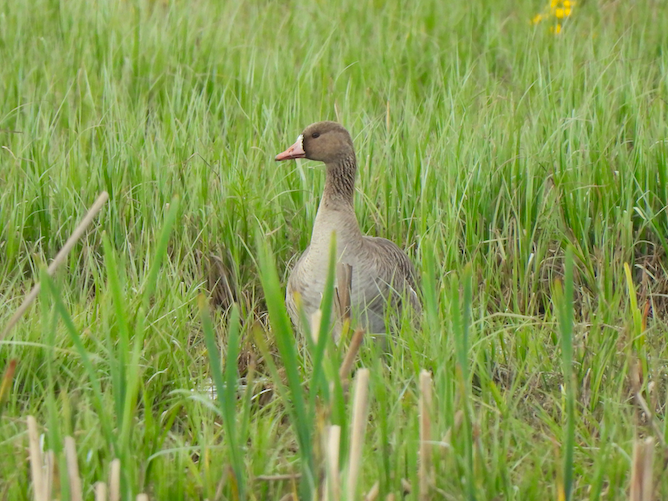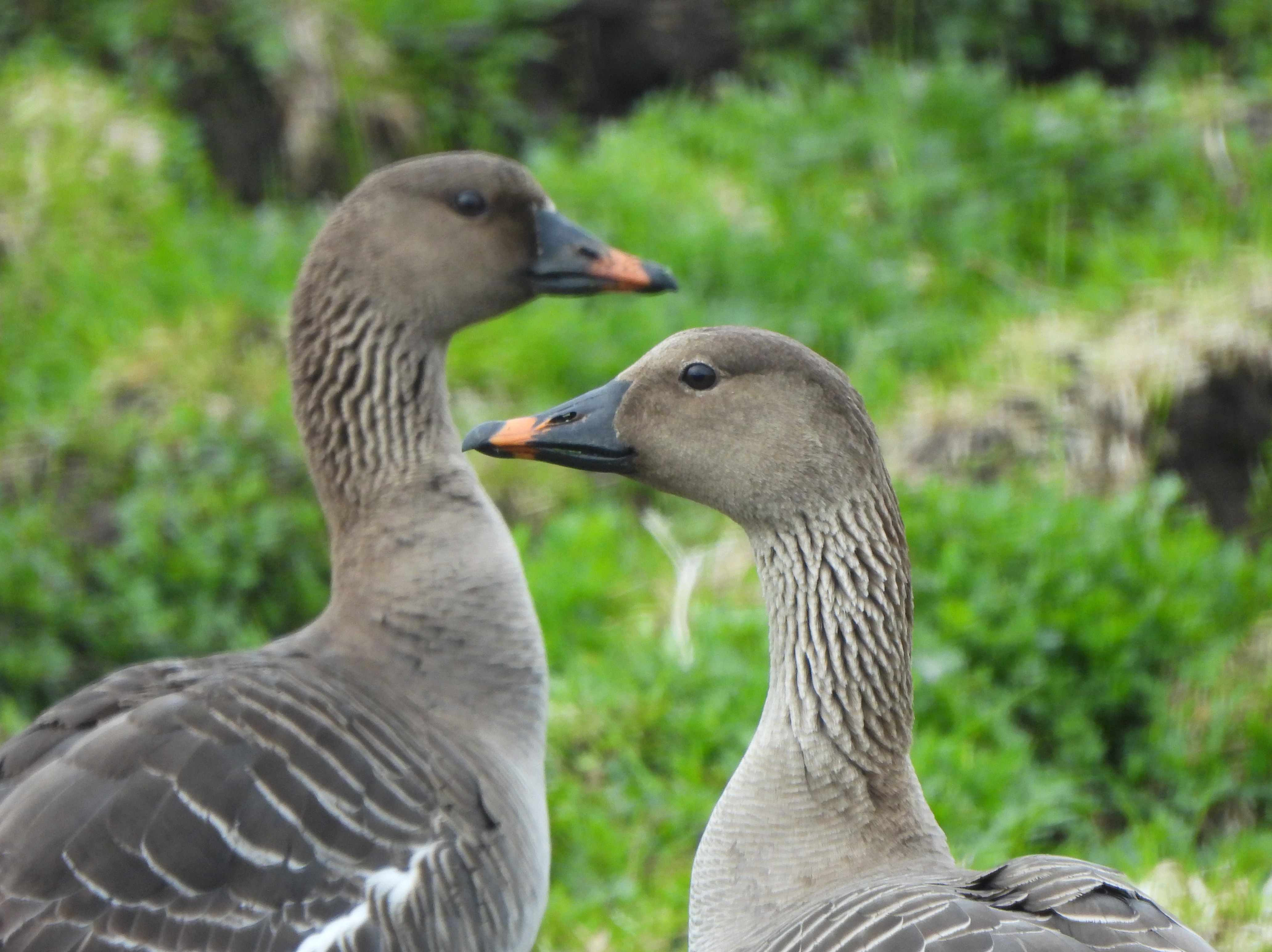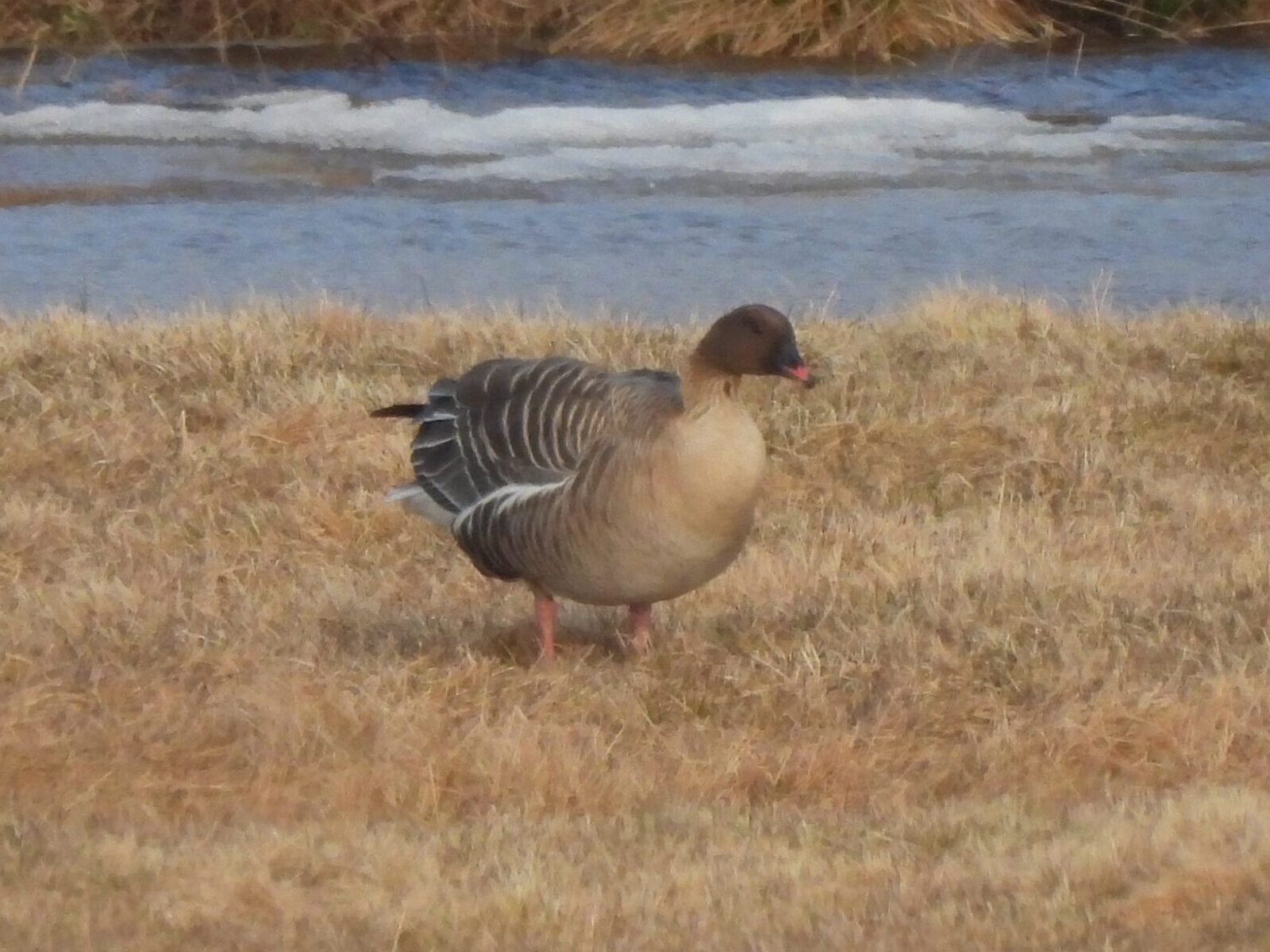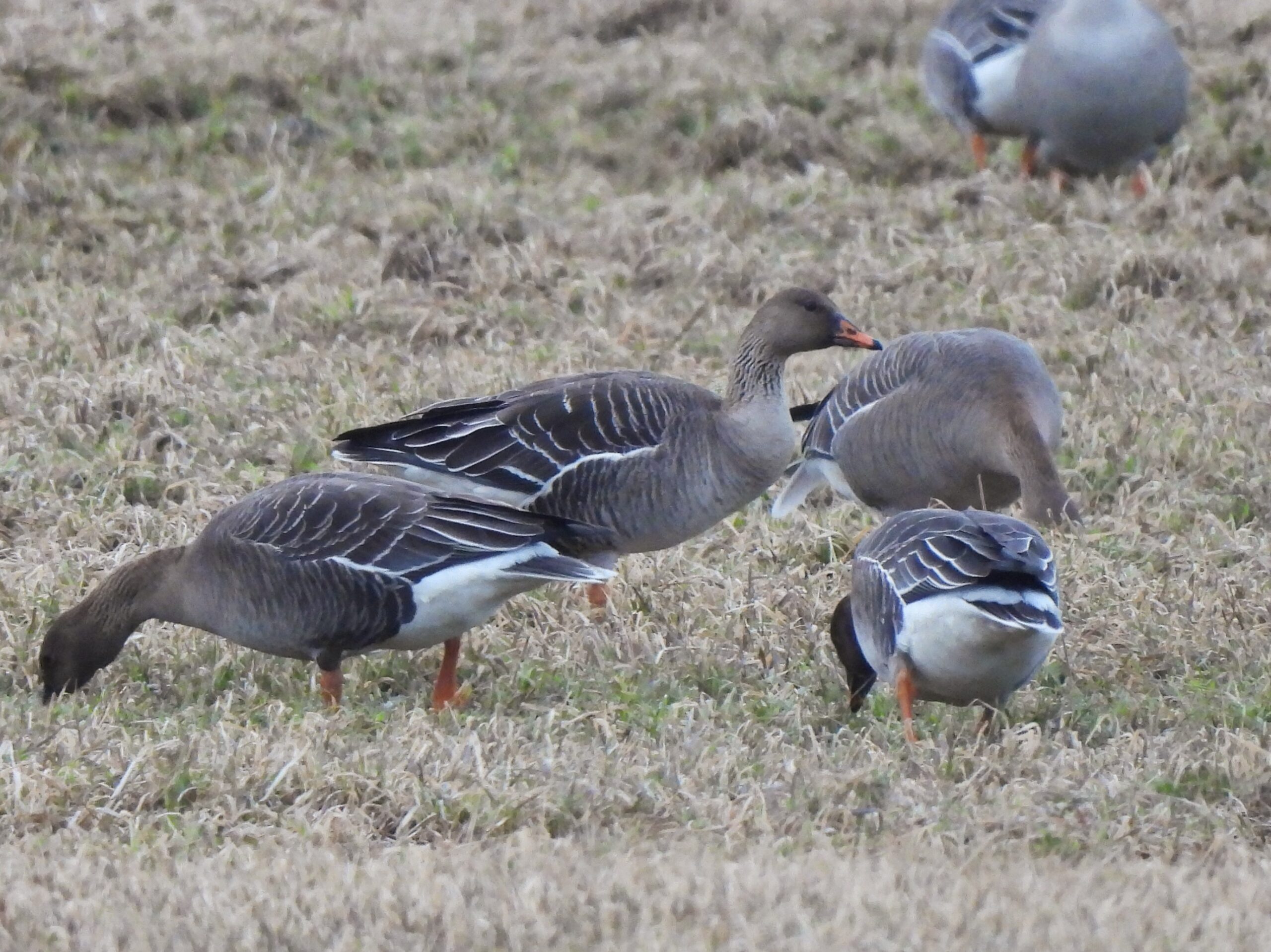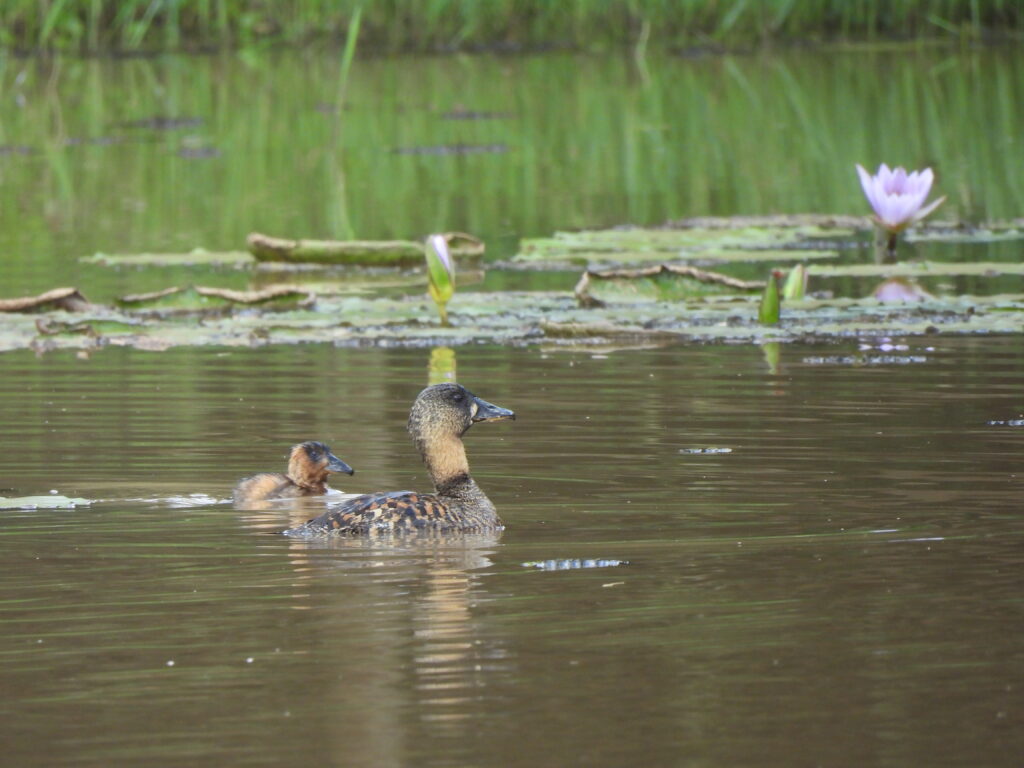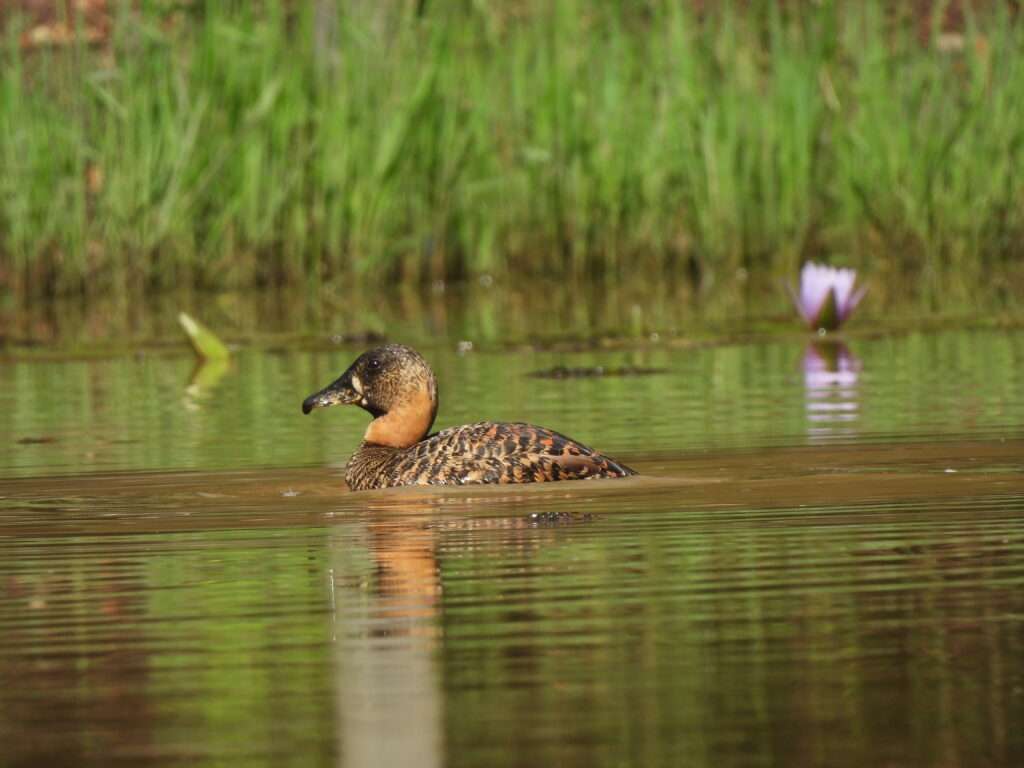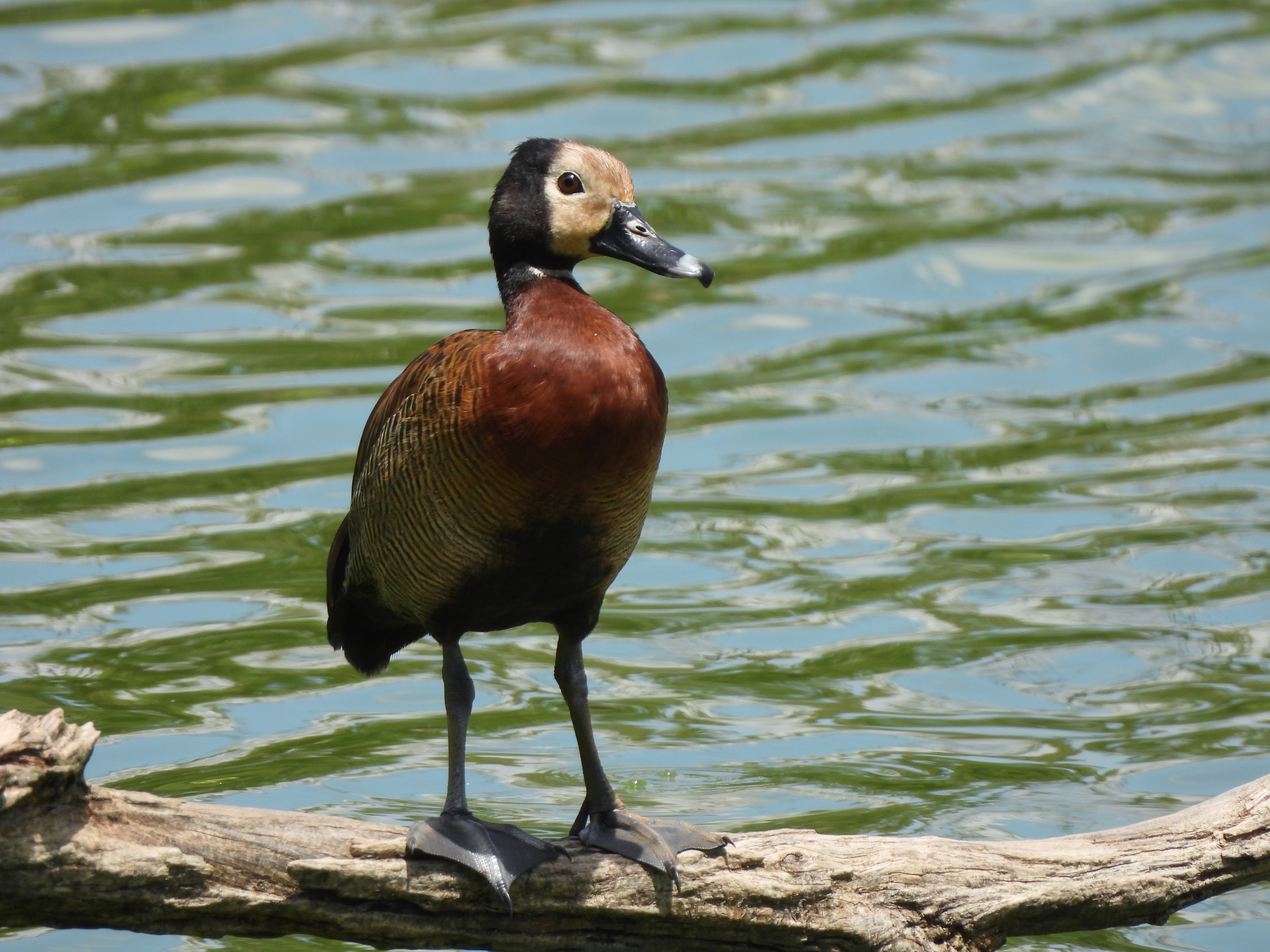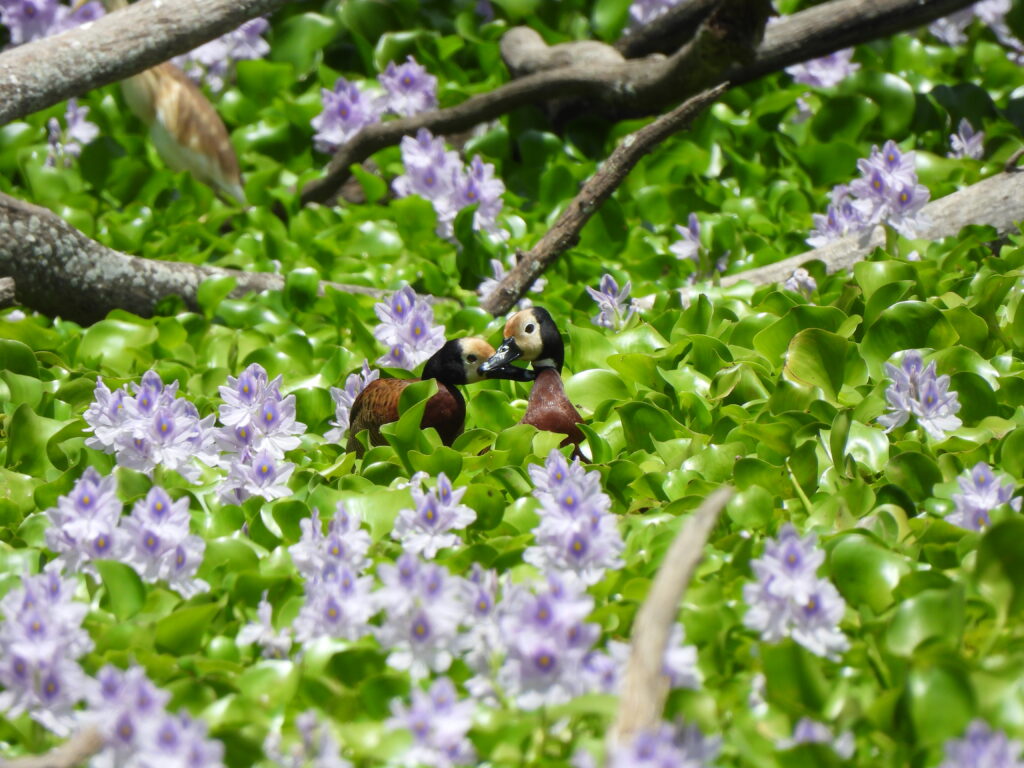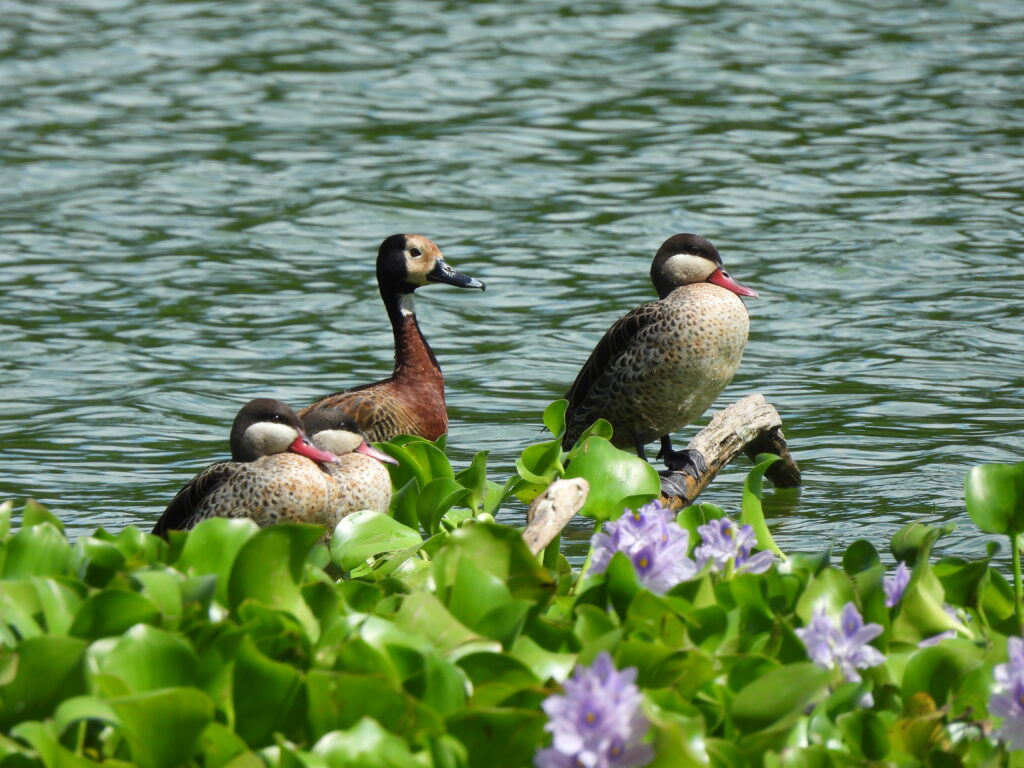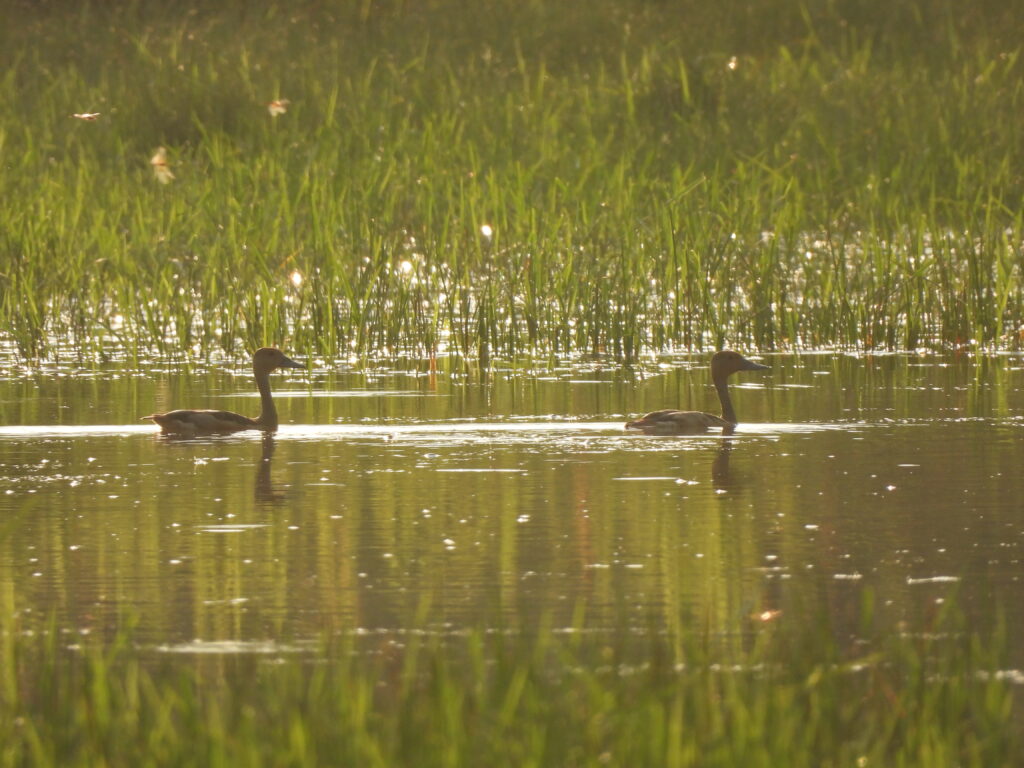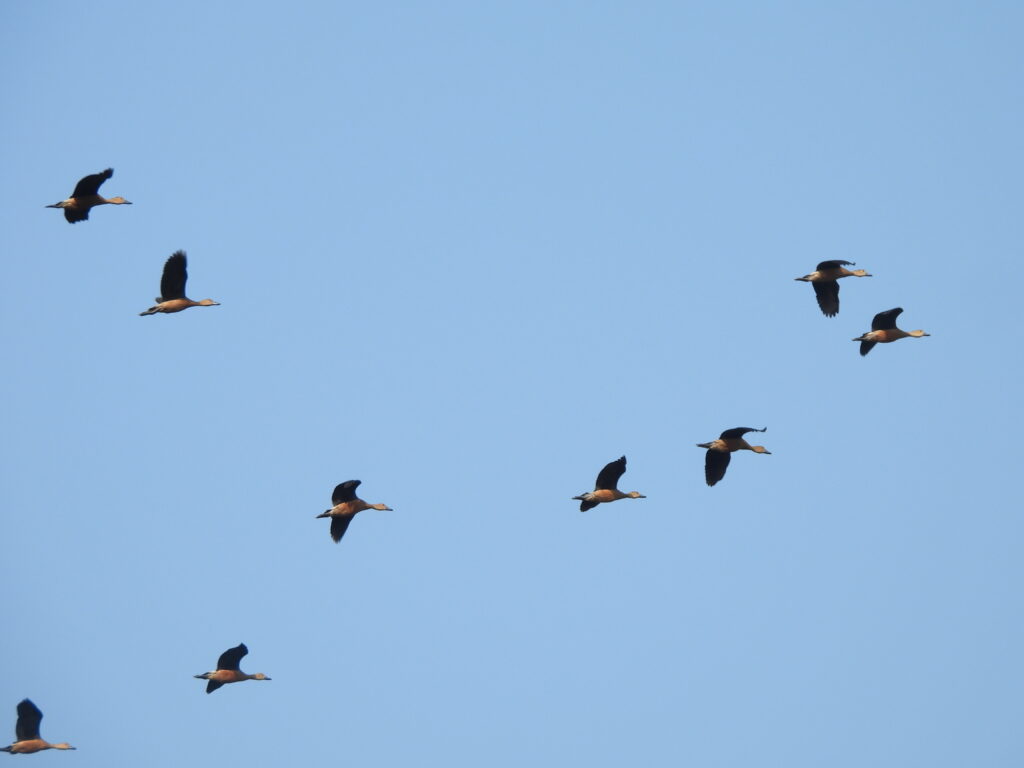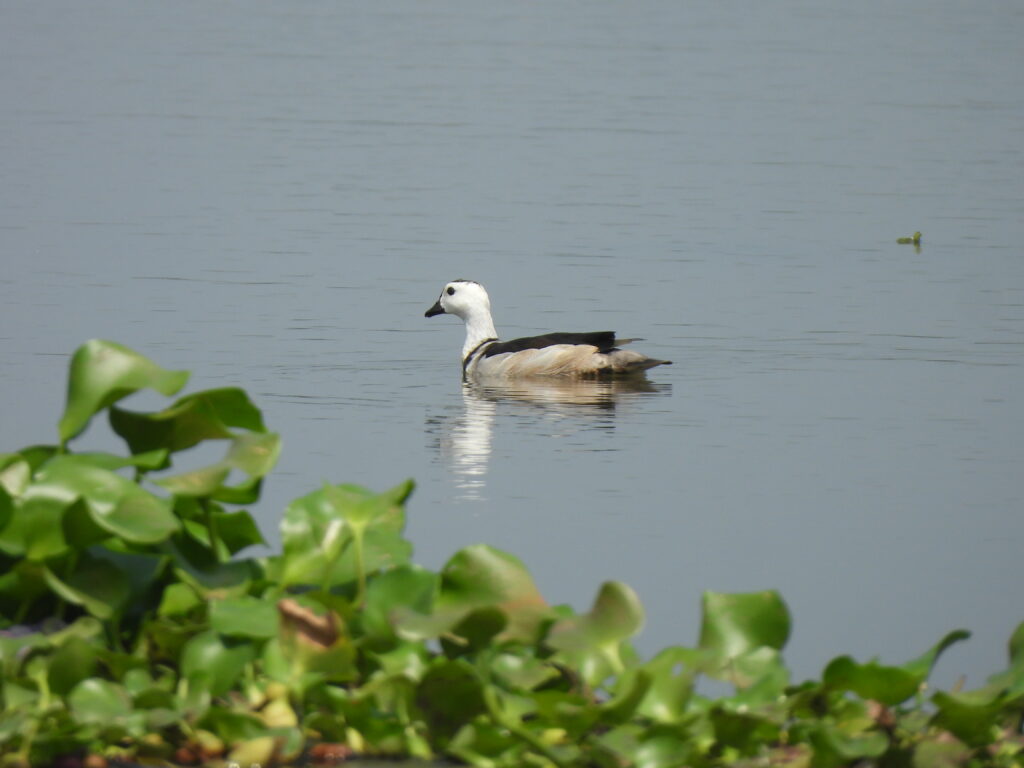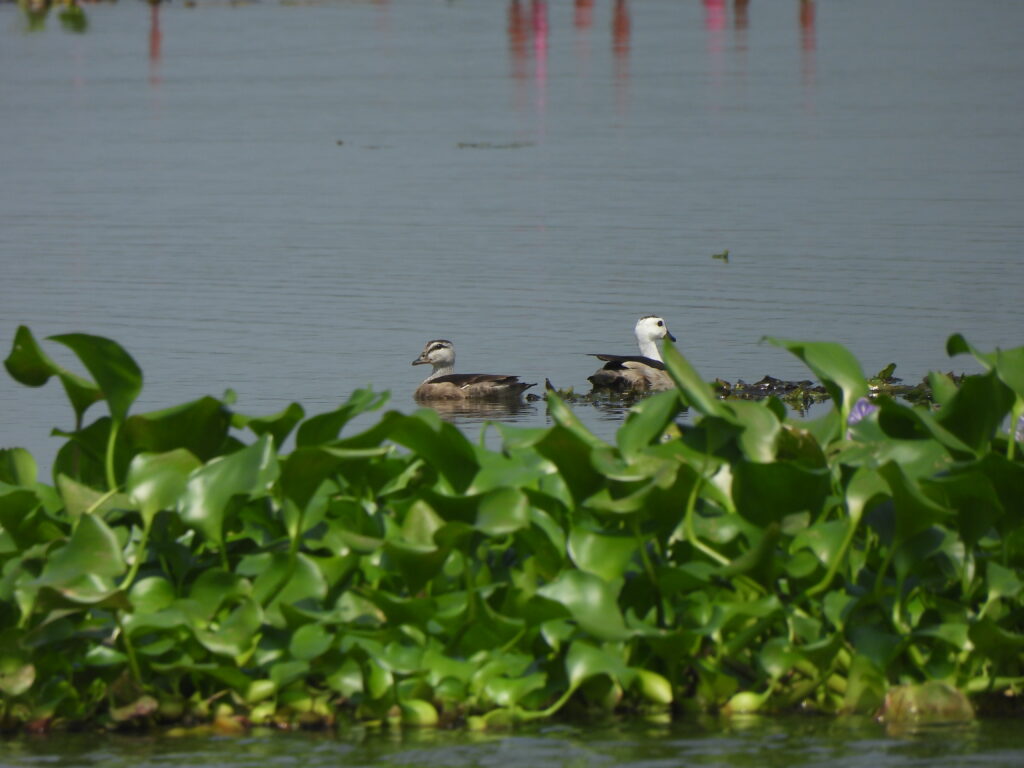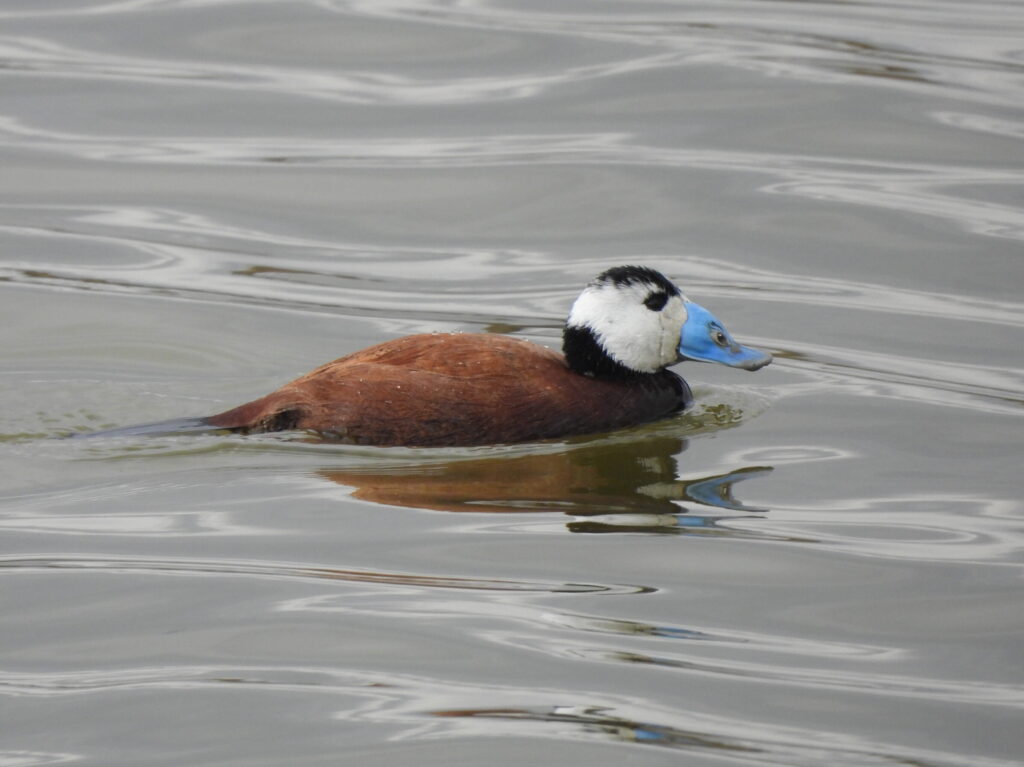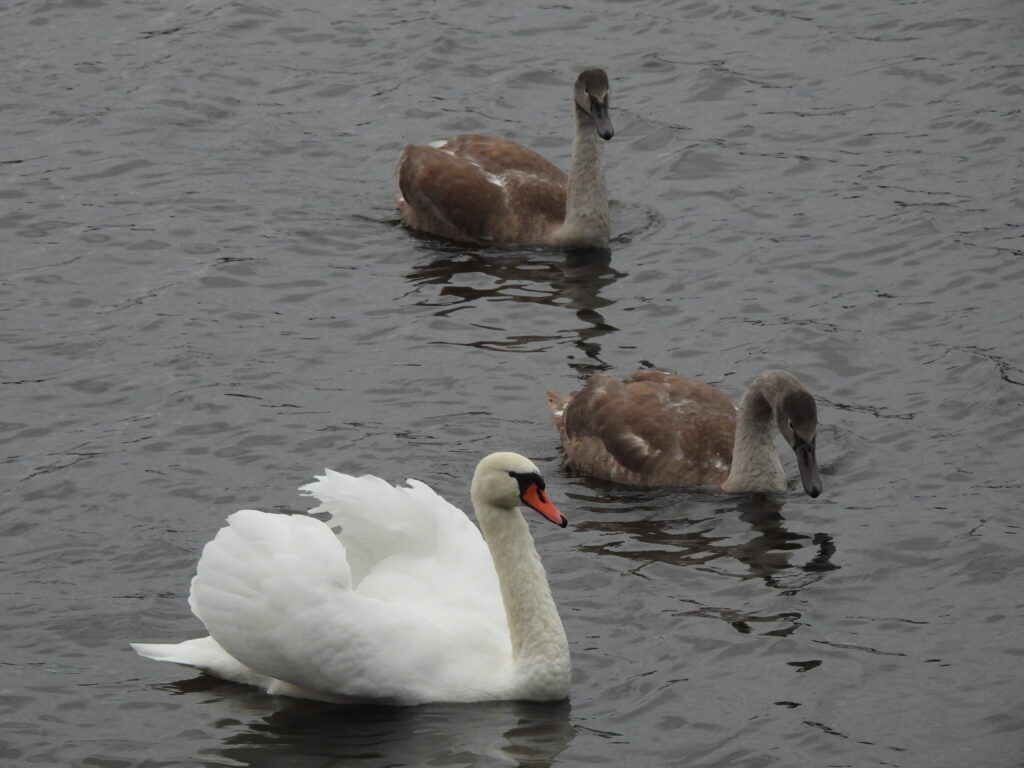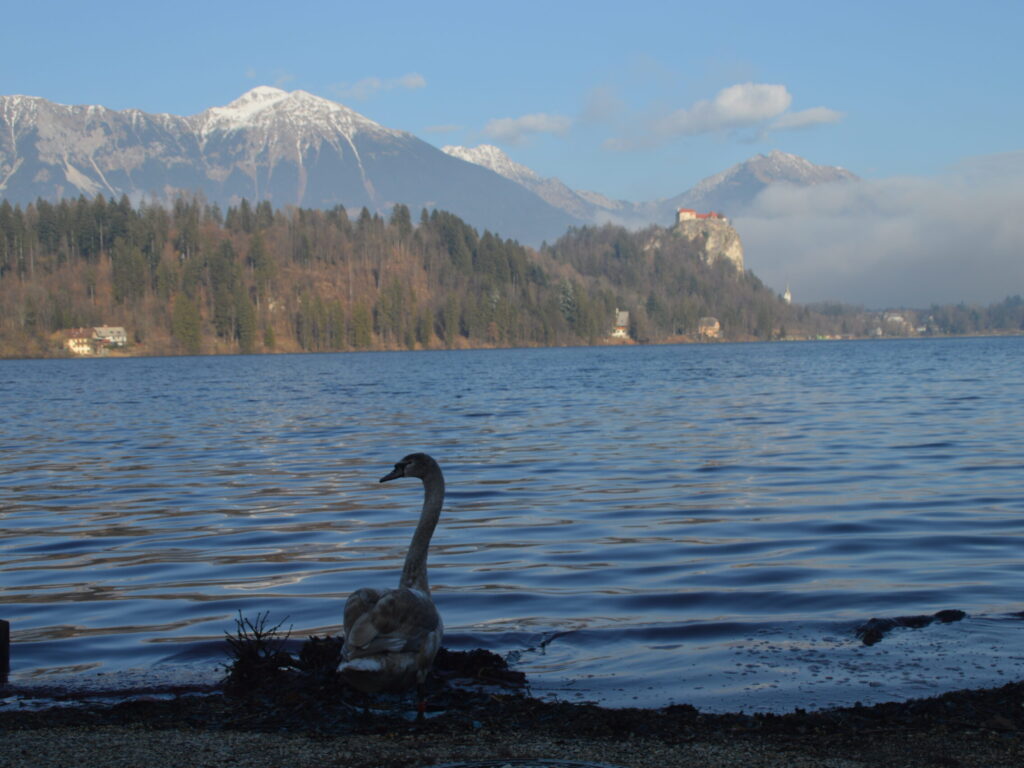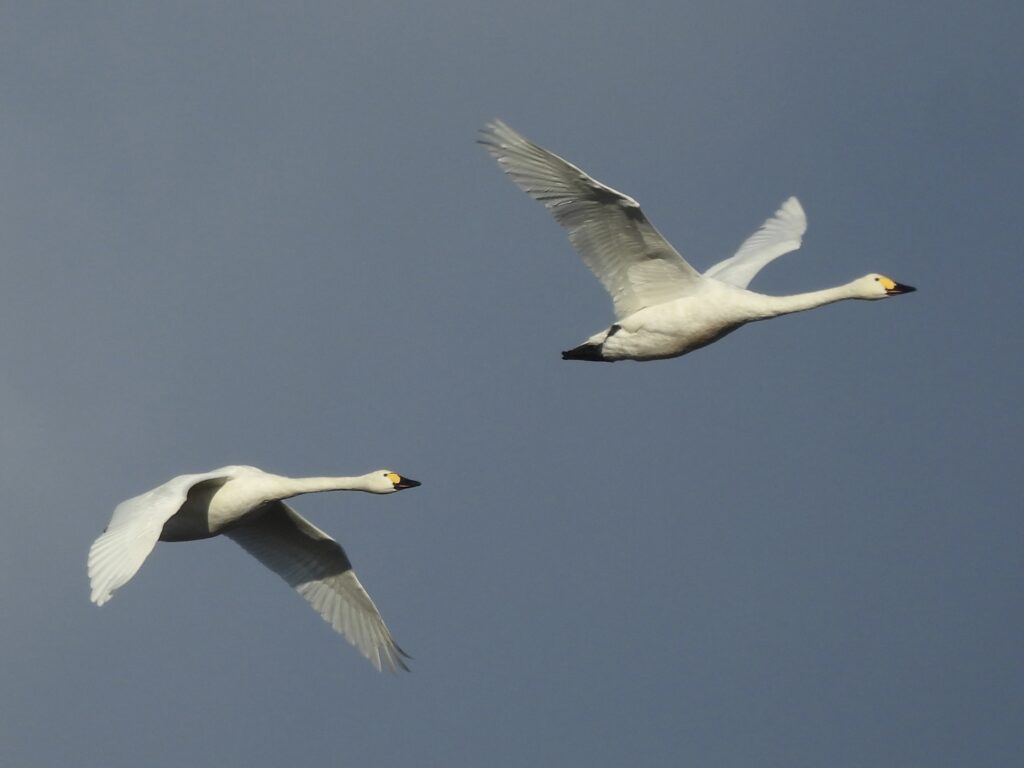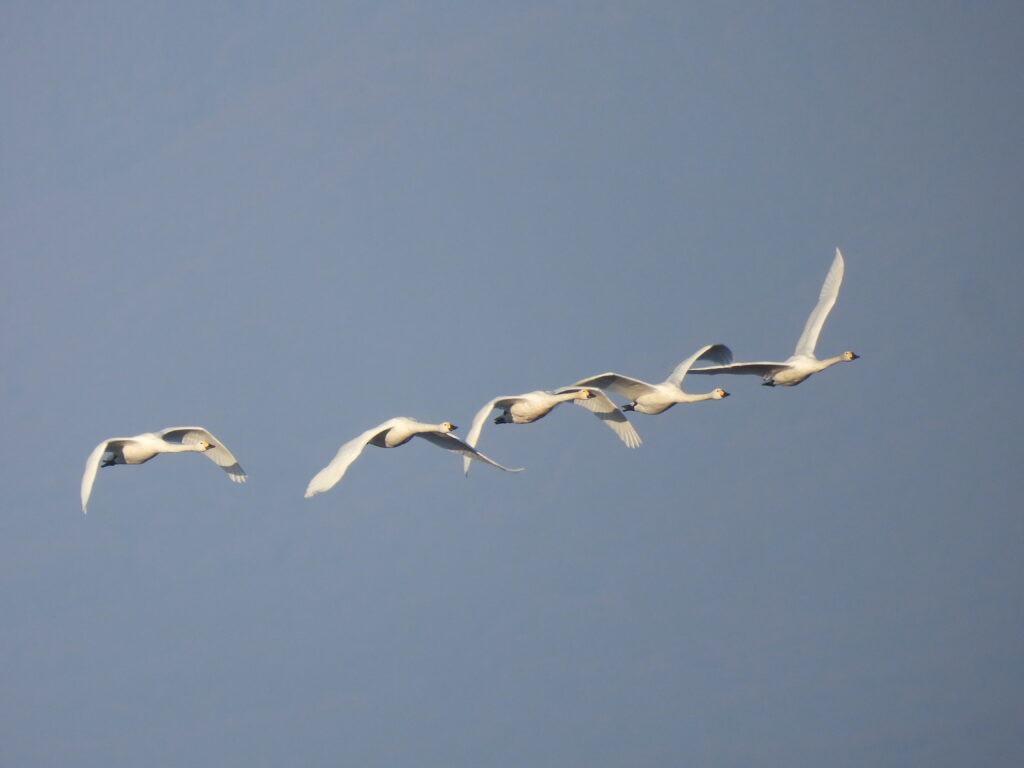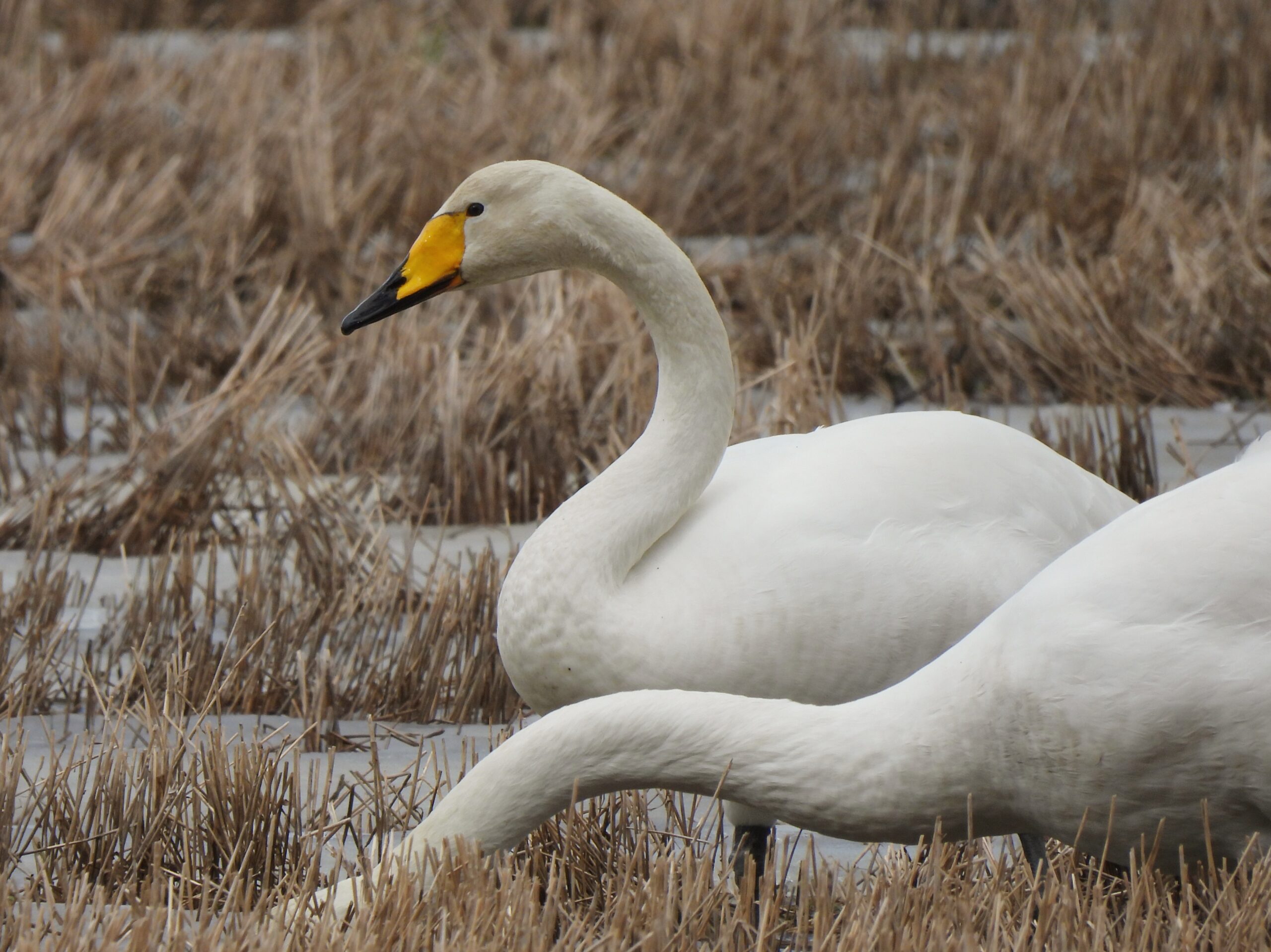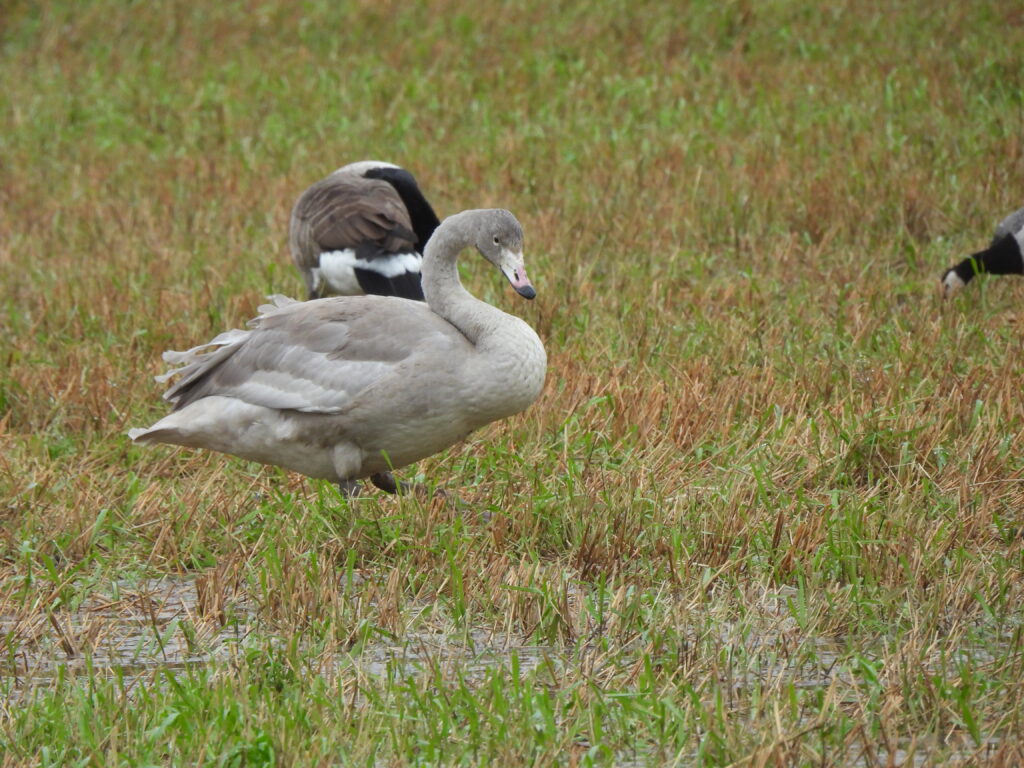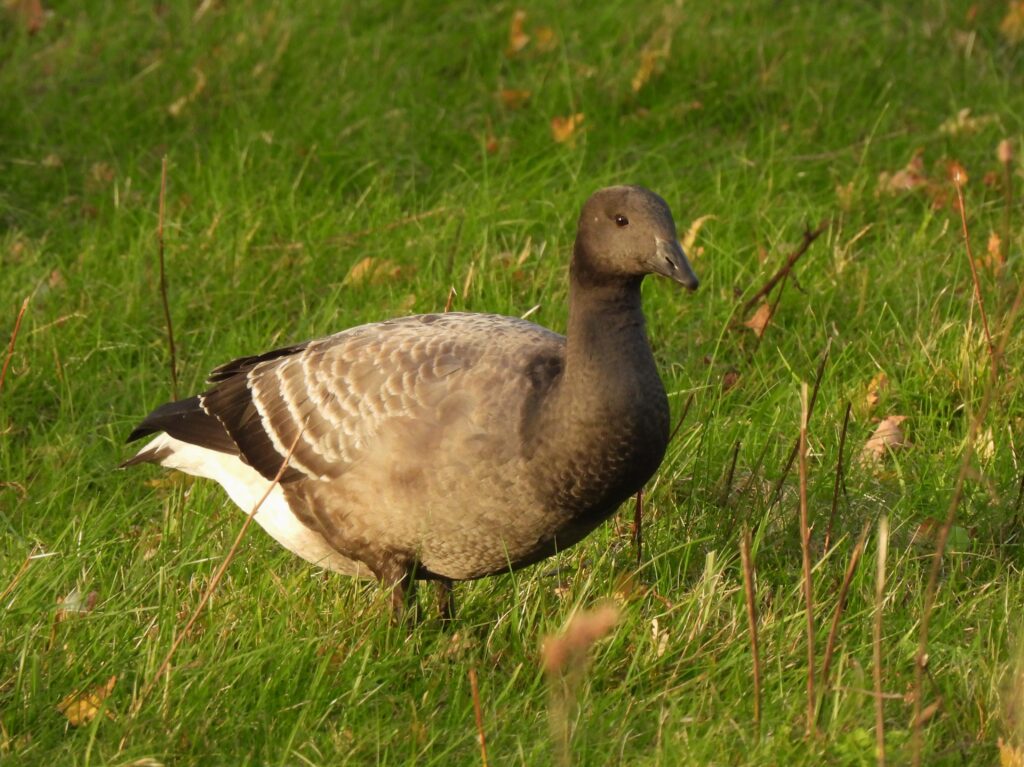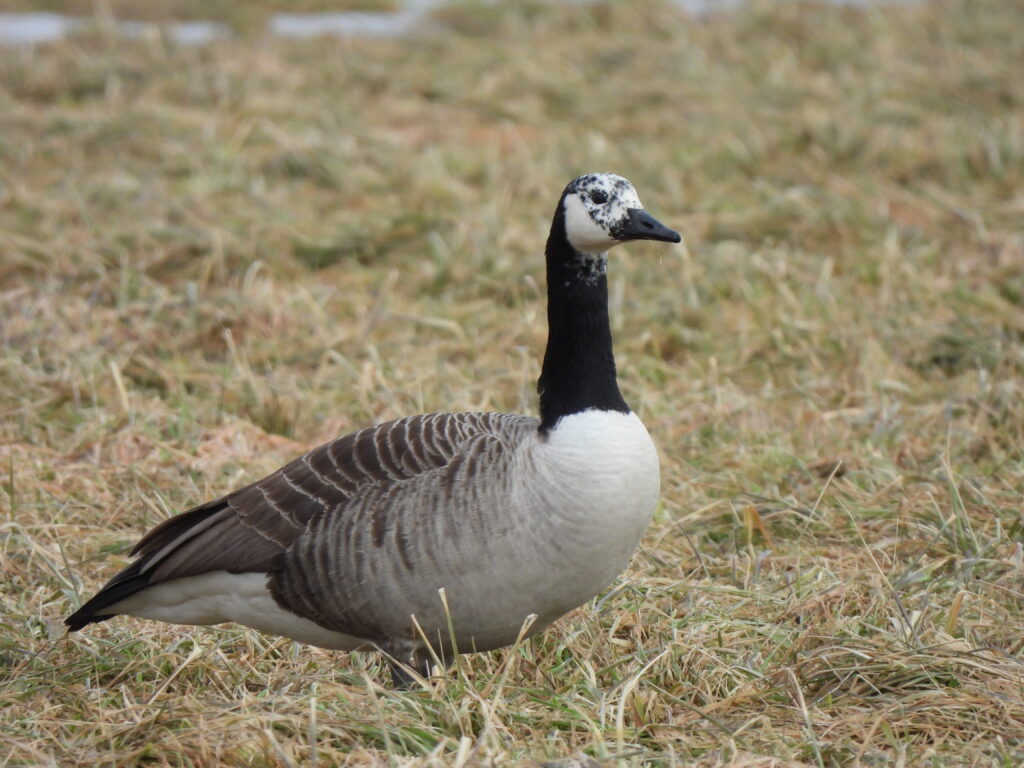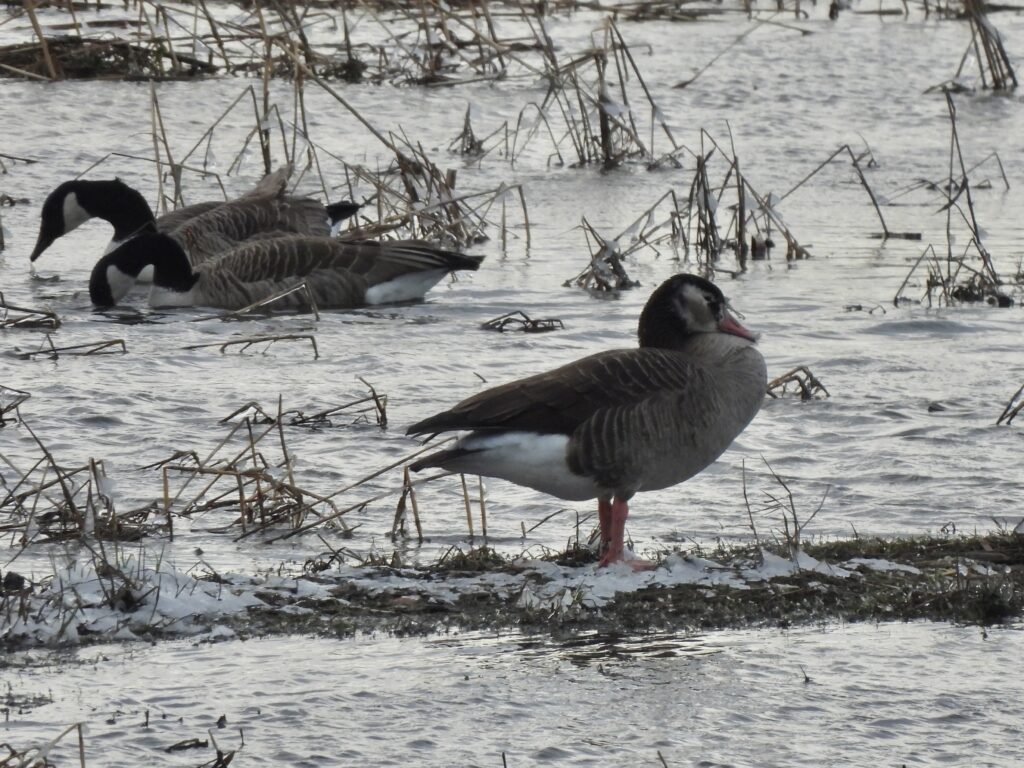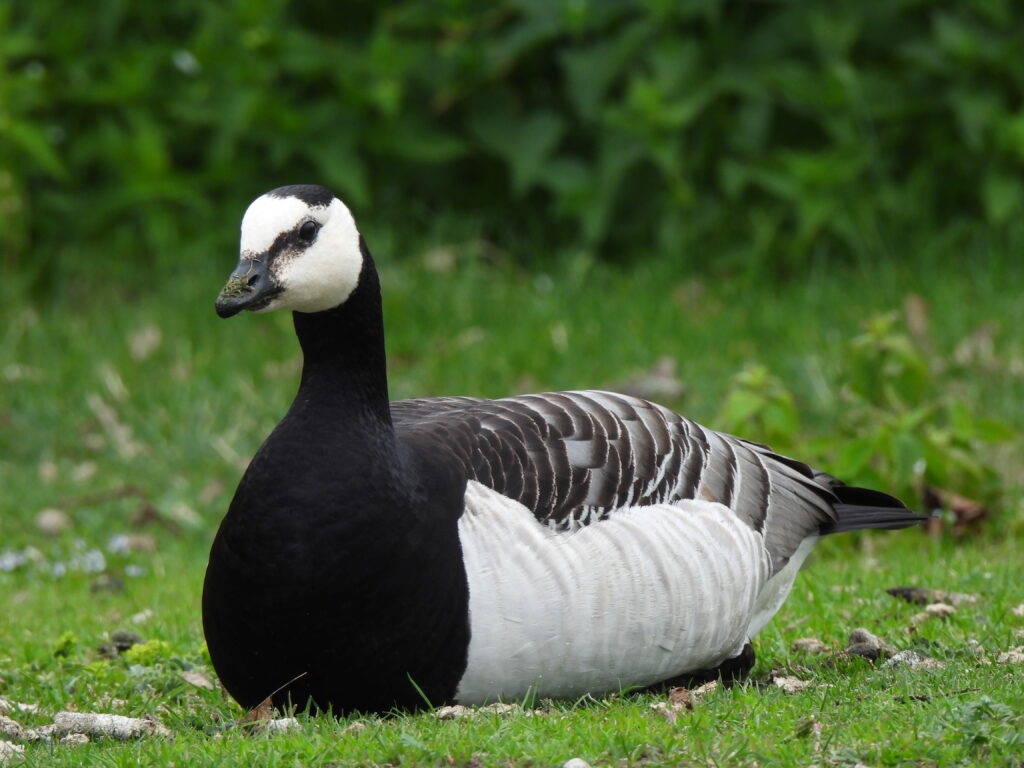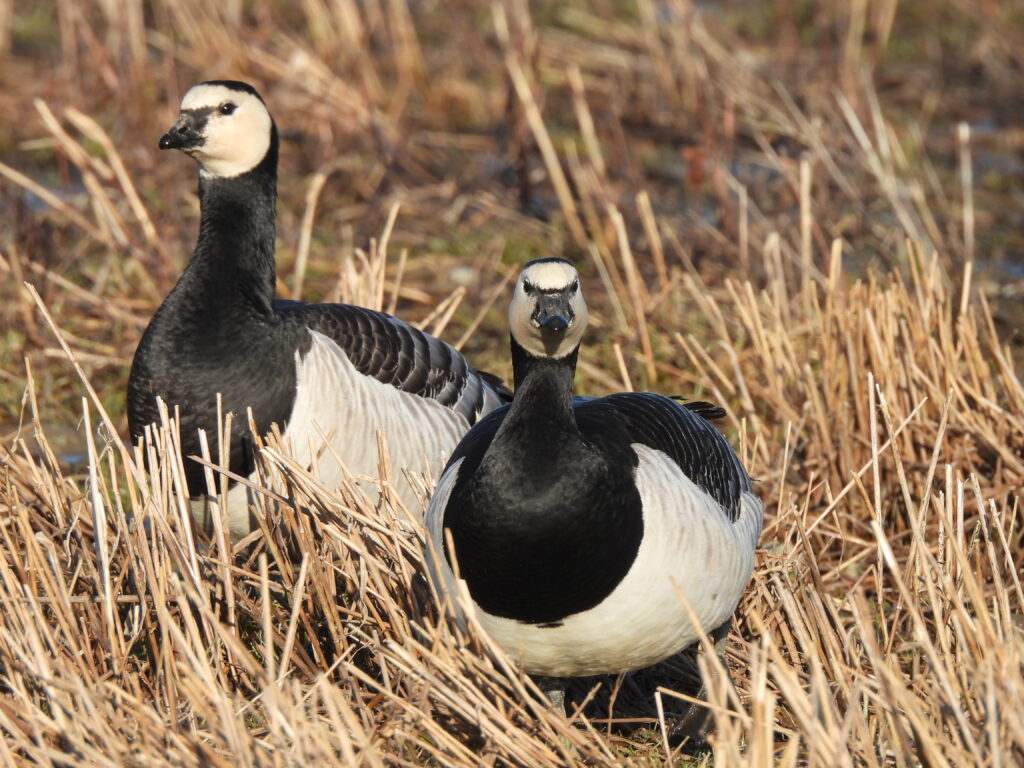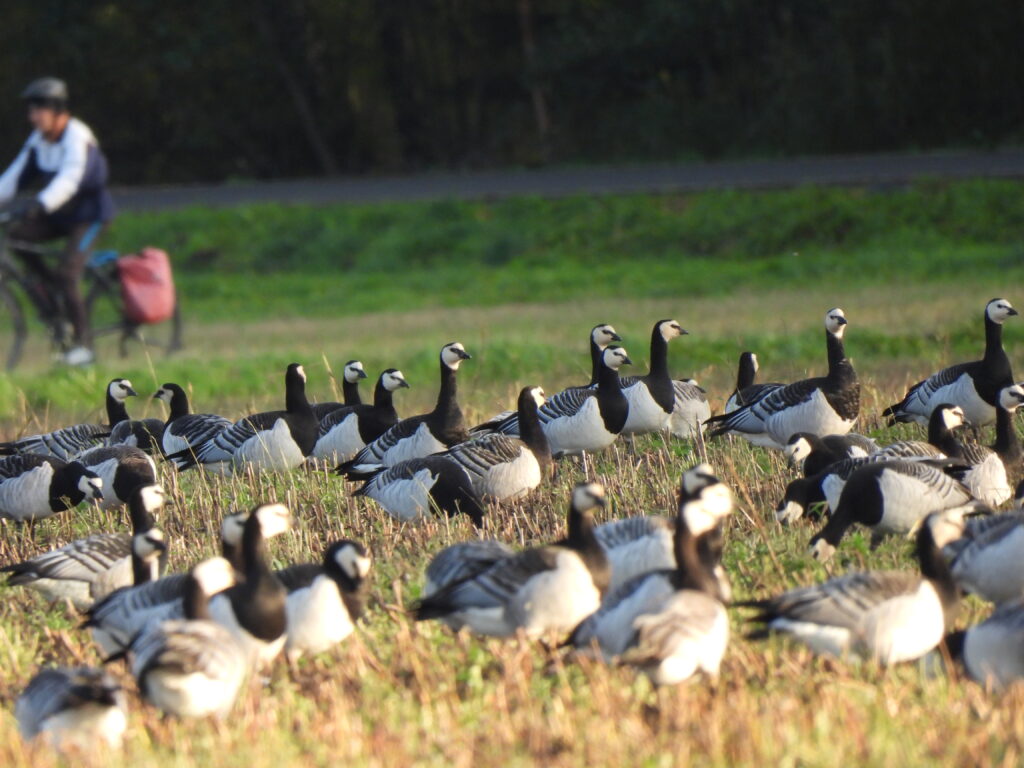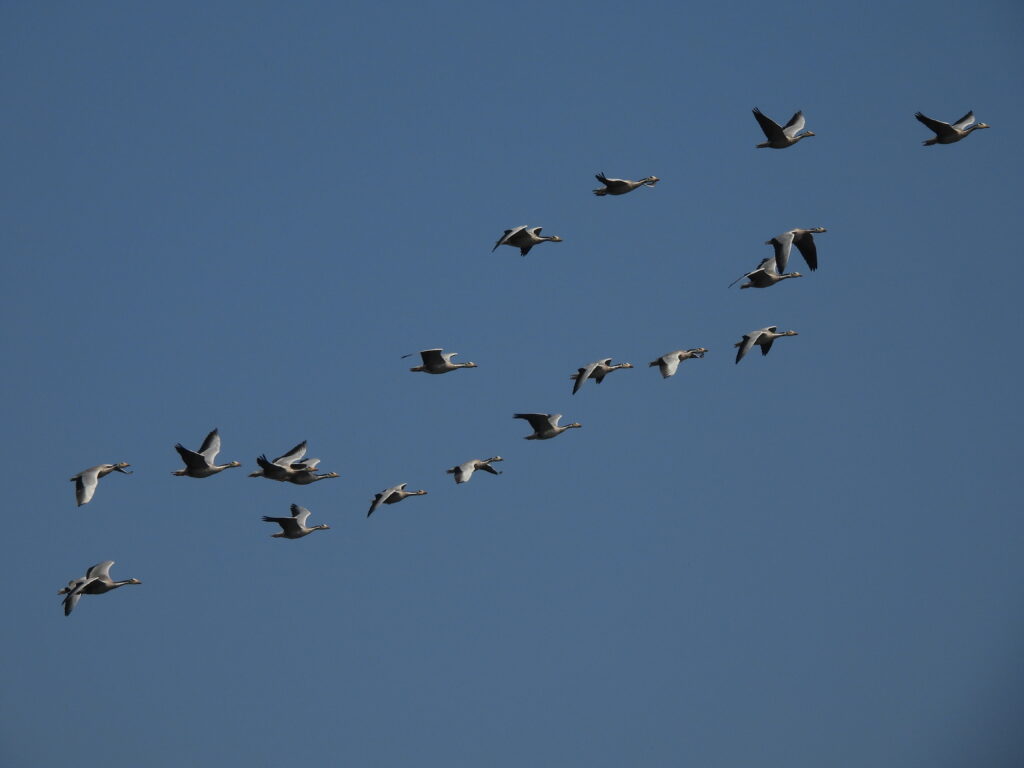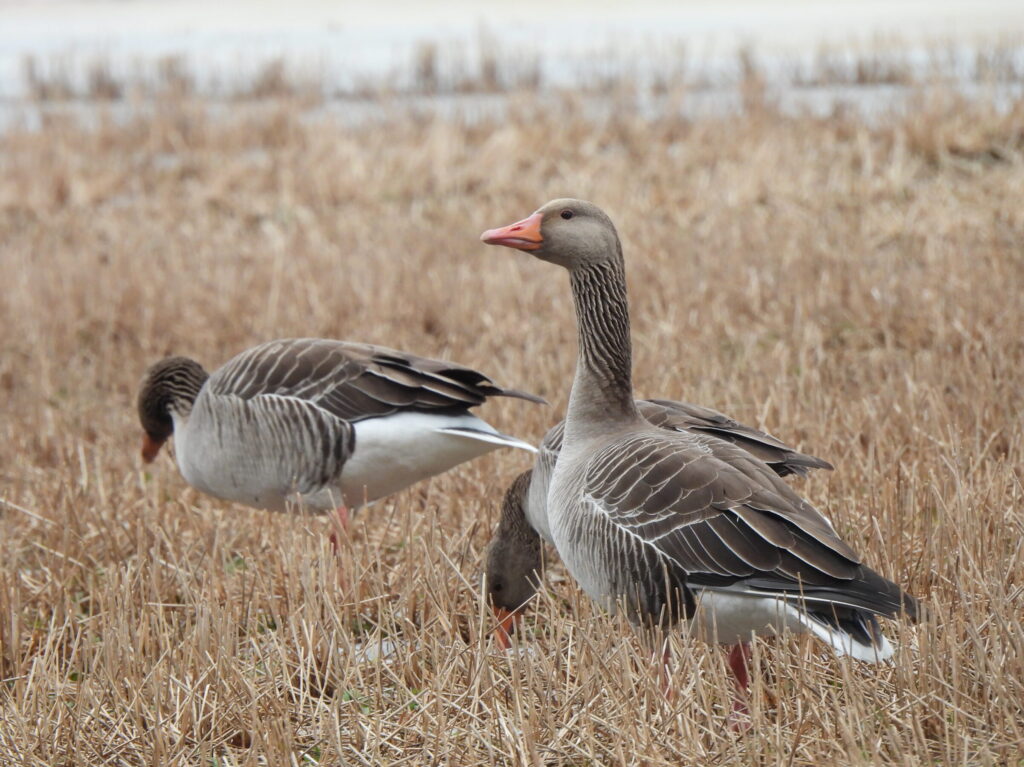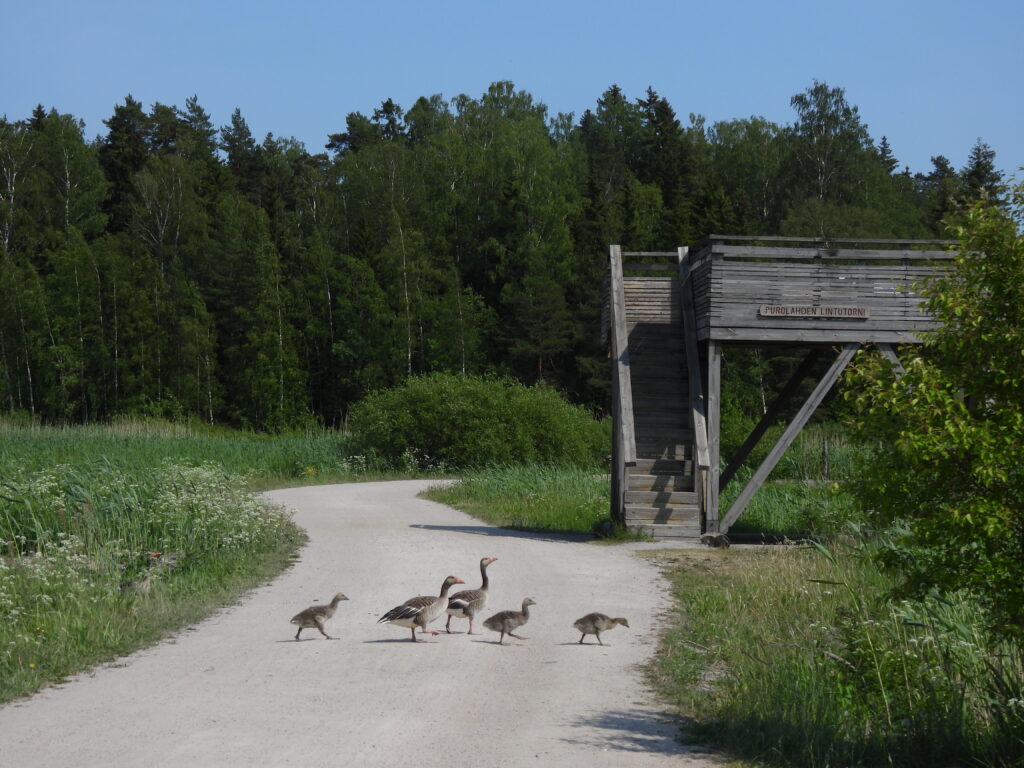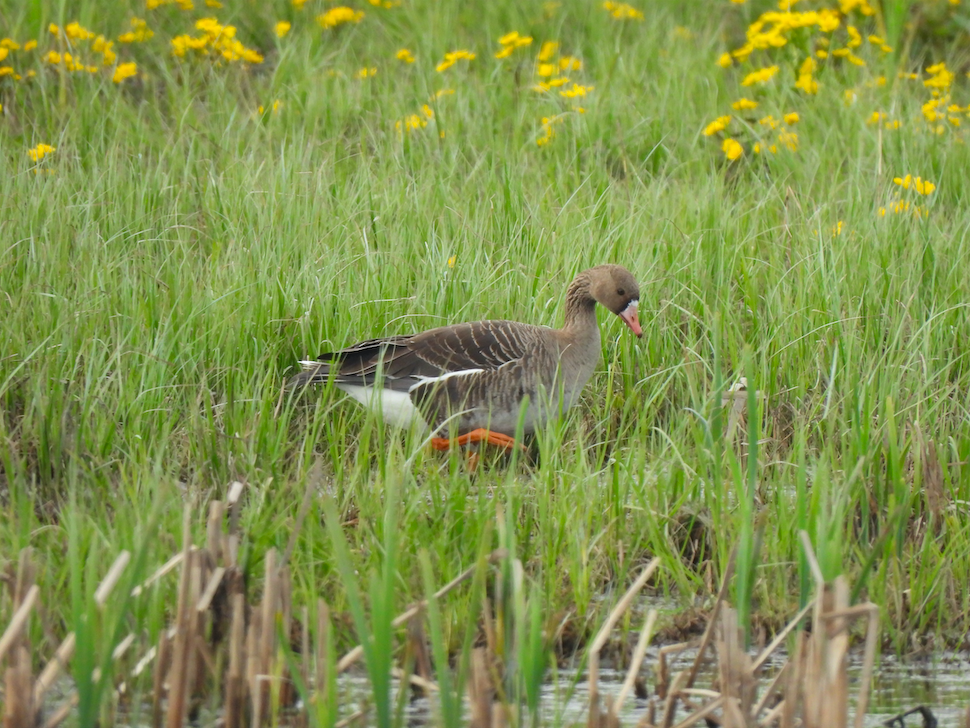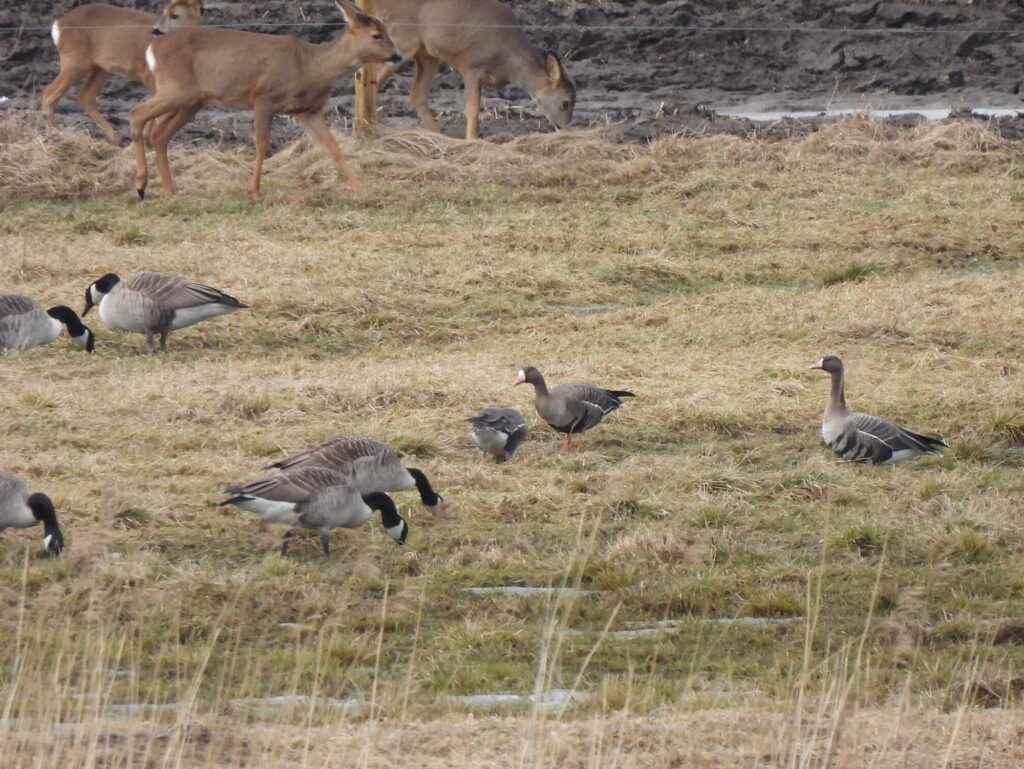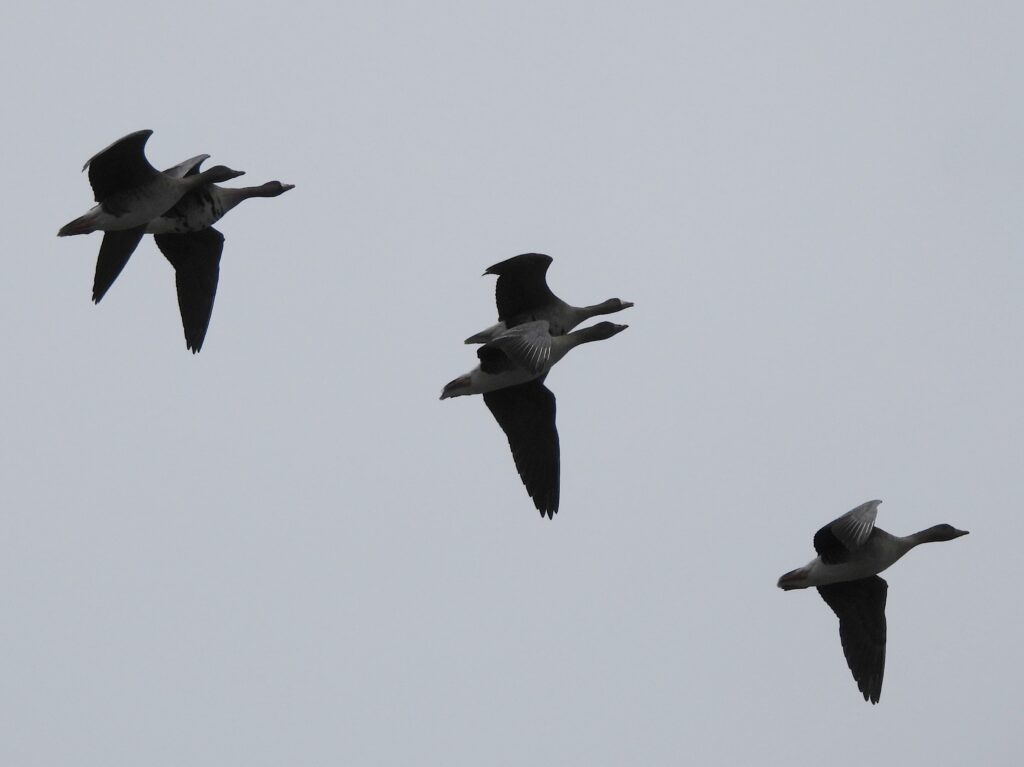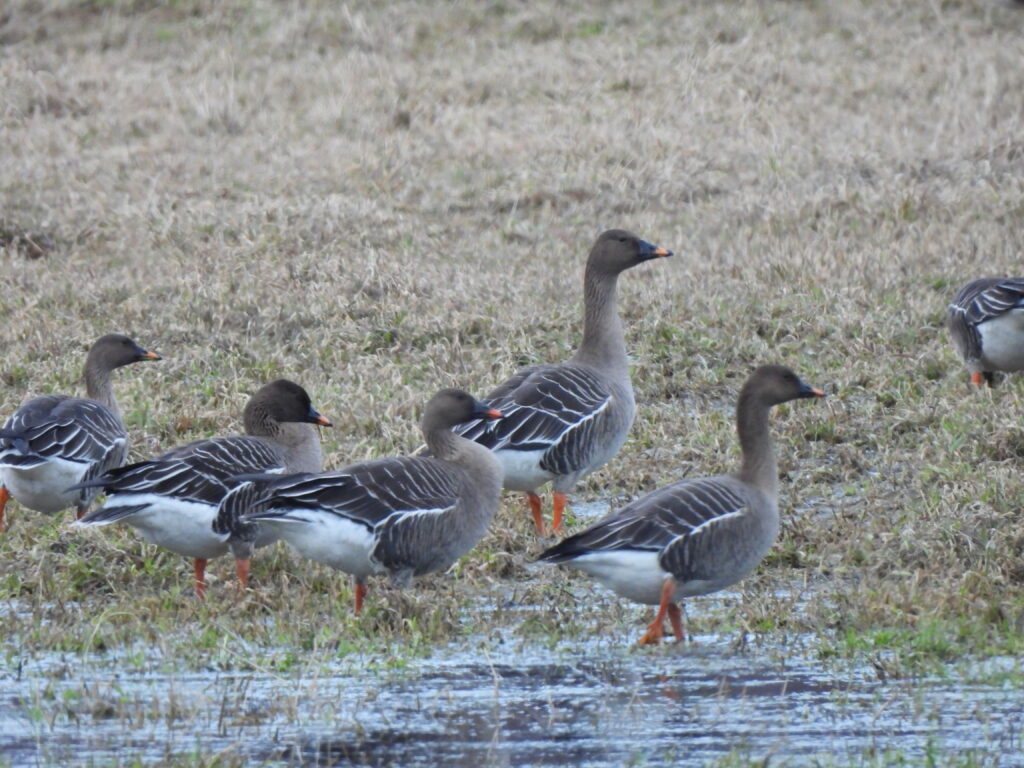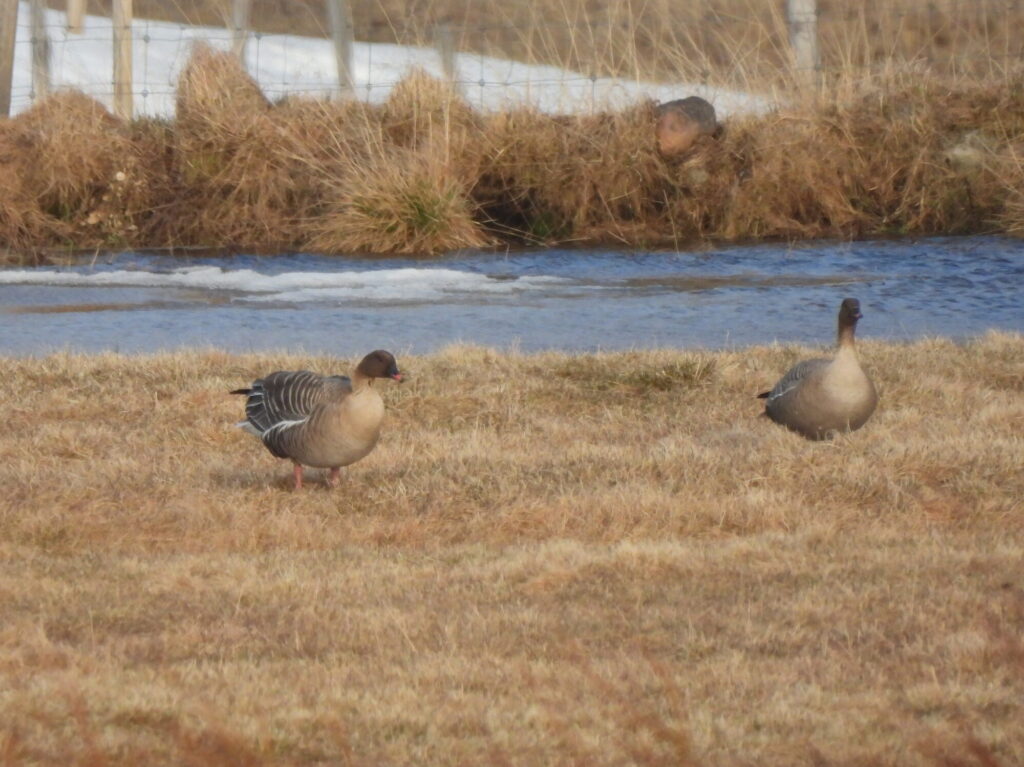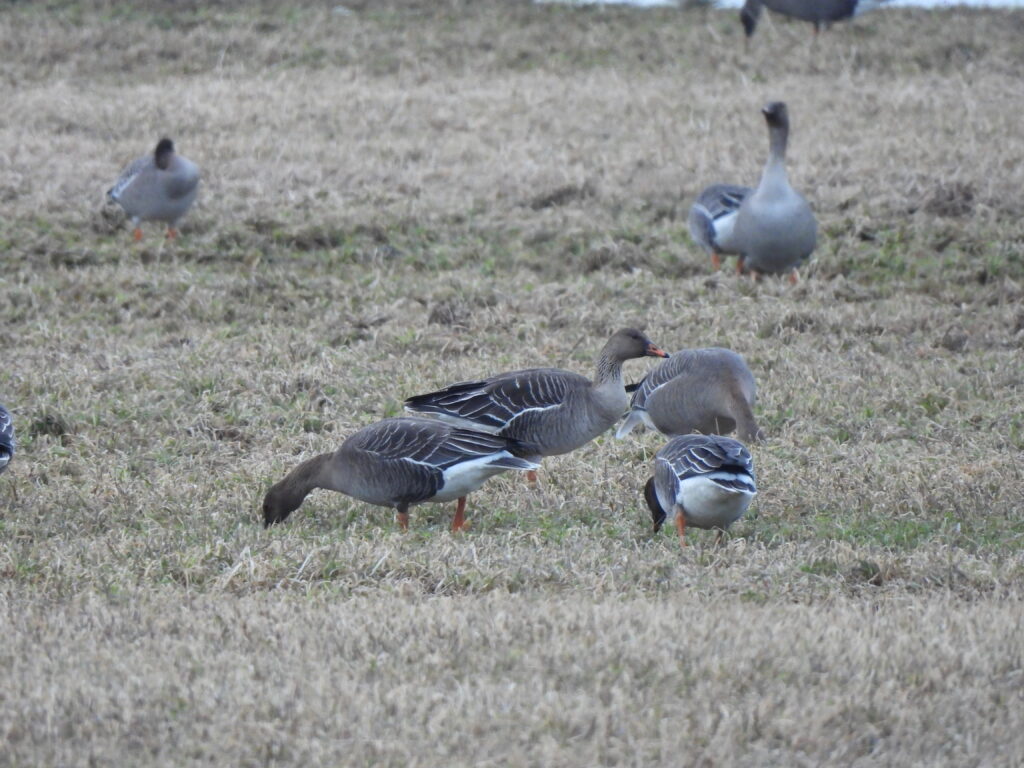The ducks, geese and waterfowl (family Anatidae) are a family of birds belonging to the order Anseriformes. These charismatic birds have a cosmopolitan distribution and live in many aquatic habitats, both inland and in the coast. They show adaptations to floating and swimming, including palmated toes, legs far in the back of the body and a generally flat bill adapted to feed on aquatic vegetation, although some species are specialized to feed on fish or mollusks. Numerous species have a marked sexual dimorphism, and males among them often have two plumage types. Humans have had a long relationship with waterfowl, including the domestication of several species, use of down from nests or hunting for centuries — which has driven several species to extinction over the last centuries.
The family comprises 165 species in 52 genera. This first page comprises basal taxa of the family, including the genera Thalassornis (1 species), Dendrocygna (8 species), Biziura (1 species), Stictonetta (1 species), Nettapus (3 species), Heteronetta (1 species) and Nomonyx (1 species), Oxyura (5 species), Plectropterus (1 species) and Malacorhynchus (1 species). This first page also comprises the subfamily Anserinae, which includes the swans of genera Coscoroba (1 species) and Cygnus (6 species) and the geese of genera Cereopsis (1 species), Branta (6 species) and Anser (11 species).
The second page includes two groups of ducks. The subfamily Tadorninae includes shelducks and allies, comprising genera Merganetta (1 species), Callonetta (1 species), Cairina (1 species), Aix (2 species), Neochen (1 species), Chloephaga (5 species), Radjah (1 species), Alopochen (1 species plus 2 extinct) and Tadorna (6 species of which 1 likely extinct). The subfamily Merginae includes the sea ducks, comprising genera Clangula (1 species), Histrionicus (1 species), the eiders of genera Polysticta (1 species) and Somateria (3 species), the scoters of genus Melanitta (6 species), the goldeneyes of genus Bucephala (3 species) and the mergansers of genera Mergellus (1 species), Lophodytes (1 species) and Mergus (4 species plus 1 extinct).
The third page includes two groups of ducks. The diving ducks belong to the subfamily Aythyinae, comprising genera Sarkidiornis (2 species), Hymenolaimus (1 species), Chenonetta (1 species), Cyanochen (1 species), Pteronetta (1 species), Marmaronetta (1 species), Asarcornis (1 species), Rhodonessa (1 likely extinct species), Netta (3 species) and Aythya (12 species). The dabbling ducks belong to the subfamily Anatinae, which includes genera Salvadorina (1 species), Lophonetta (1 species), Speculanas (1 species), Amazonetta (1 species), Tachyeres (3 species), Sibirionetta (1 species), Spatula (10 species), Mareca (5 species plus 1 extinct) and Anas (30 species plus 1 extinct).
Adrián Colino Barea
White-backed duck
Thalassornis leuconotus
Found in ponds and marshes of Subsaharan Africa. Odd species belonging to a primitive, basal lineage. This duck is well adapted to diving in lakes usually covered in water lilies and other floating vegetation. I have observed couples with chicks in a lake near Nairobi.
White-faced whistling duck
Dendrocygna viduata
Distributed in freshwater lakes and reservoirs of Subsaharan Africa and South America. Especially gregarious even for a whistling duck, with flocks of thousands forming to roost and forage, usually at night. I have seen small groups of birds in lakes of Madagascar and Kenya.
Lesser whistling duck
Dendrocygna javanica
Found in lowland aquatic habitats from the Indian Subcontinent to Java and Borneo. Mainly nocturnal, unlike non-whistling ducks. While flying, a modification in the outermost primaries produce a distinctive whistling sound. I have seen this species in a marsh in Vietnam and foraging around backwaters and rice paddies in Kerala, India.
Cotton pygmy goose
Nettapus coromandelianus
Mainly distributed in marshes and ponds of the Indian Subcontinent, Southeast Asia and Northeastern Australia, with individuals regularly occurring from Oman to East China. It is the smallest extant member of the family. I have seen pairs in water lily-covered lakes in Angkor Wat in Cambodia and in the backwaters of India.
White-headed duck
Oxyura leucocephala
Found in wetlands with vegetation along a very patchy distribution from the Iberian Peninsula and Maghreb east to Mongolia. Globally endangered and the only stiff-tailed duck found in Eurasia. This species has a stronghold in several wetlands of south Alicante, where it can be seen year-round.
Mute swan
Cygnus olor
Charismatic inhabitant of coasts and wetlands of Europe, although its ornamental value has motivated its introduction to many other areas of the Northern Hemisphere, where it is the only swan with an orange bill and without the habit of calling. This is a native resident species in wetlands and the urban coast of Helsinki.
Tundra swan
Cygnus columbianus
Breeds in the tundra of the High Arctic and winters along different wetland habitats across the Northern Hemisphere. The Bewick’s bewickii form, with a larger extent of yellow in the bill, is found in the Palearctic — it is a scarce migrant in Finland, where I have seen it in the Åland Islands. I have also encountered good numbers in their wintering range in Greece.
Whooper swan
Cygnus cygnus
Old World swan that breeds in Arctic tundra and taiga and migrates south to spend the winter in marshes and flooded grasslands across central Europe and Asia to Japan. This species is a visitor of fields of Helsinki, especially numerous during passage, and elsewhere in Finland, where it can be seen year round.
Brant goose
Branta bernicla
Breeds in the coastal tundra of the High Arctic and migrates south to bays and tidal flats of the coast of North America, Europe, Northern China and Japan. Different populations are mainly told apart by their belly color. The dark-bellied bernicla form migrates in large numbers through the sea in front of Helsinki, where some individuals might stop and stay for few days.
Canada goose
Branta canadensis
Native to North America, where it is an abundant, widespread migratory species with different subspecies. Although some wild individuals have naturally reached the Western Palearctic, this species has been introduced to Northern and Central Europe, where local migrations take place. In Helsinki, it is an abundant summer visitor and a rare resident.
Barnacle goose
Branta leucopsis
Breeds mostly in Greenland and Svalbard, migrating in large flocks to coasts and cropfields of Central Europe. Its name comes from an old, formerly widespread believe that Branta geese spawned from barnacles. This is the signature bird of Helsinki, where thousands forage in wetlands and an increasing number breeds in parks and green areas of the city over summer.
Bar-headed goose
Anser indicus
Breeds in marshes of highland plateaus in Central Asia and migrates mostly to the Indian Subcontinent in winter. As this route passes through the Himalayas, flocks fly at remarkable altitudes, reaching over 8,800 m above sea level. I have seen this species in the wild in India and escapees in Europe, where some naturalized populations exist.
Graylag goose
Anser anser
Native to marshes, wetlands and moist grasslands of Eurasia but domesticated for food. Feral populations have been established worldwide. In Helsinki, this species is an abundant summer visitor. Large numbers winter in certain areas across Spain, and I have also seen the species in Greece.
Lesser white-fronted goose
Anser erythropus
Range-restricted goose breeding in the Siberian tundra and wintering locally from Eastern Europe to Japan. Globally vulnerable, with a nearly extinct population breeding in Fennoscandia currently being reinforced with released individuals. I have seen this species at one of the wintering strongholds of this European population in Lake Kerkini.
Greater white-fronted goose
Anser albifrons
Different forms breed in the High Arctic of Canada, Siberia and Greenland, and then migrate to marshes and estuaries of temperate latitudes. Birds of the Siberian population migrate to and from Central Europe in large flocks over Helsinki, where some may stop for days in cropfields.
Tundra bean goose
Anser serrirostris
Breeds in the tundra from Central to Eastern Siberia and winters mainly in Europe and Far East Asia. The European wintering rossicus form migrates in large numbers over Helsinki, where some may sediment for days in cropfields. I have also seen this species as dominant in geese flocks in Lapland.
Pink-footed goose
Anser brachyrhynchus
Breeds in the tundra mostly in Iceland and Greenland and migrates to croplands from Great Britain and the Netherlands to Denmark in winter. Among the migrating geese regularly seen over Helsinki, this is the least numerous species yet few birds occasionally stop for days. I have also seen this species in Lapland.
Taiga bean goose
Anser fabalis
Three populations breeding in Old World taiga forests winter in croplands of Central Europe, Kazakhstan steppe marshes and Eastern Asia, respectively. This species migrates over Helsinki, where some may stop and stay for days in crop fields. I have also seen this species in geese flocks in Lapland.
Adrián Colino Barea


